Movies
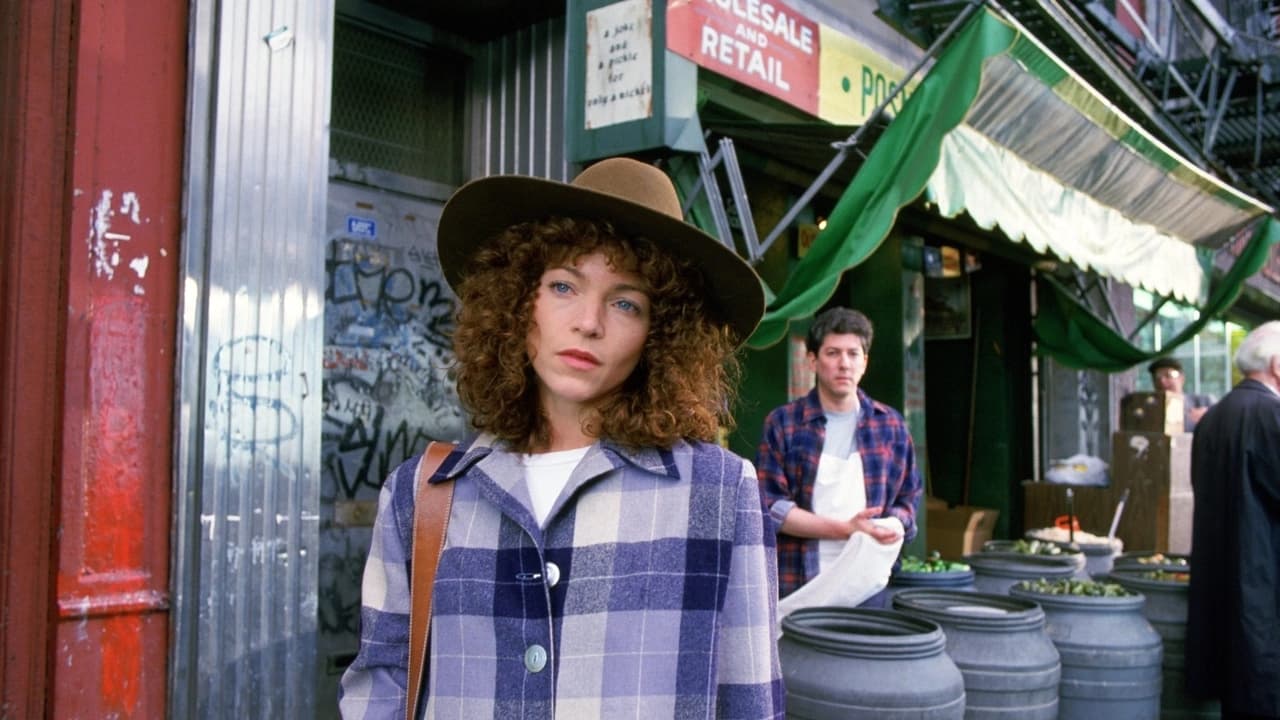
I completely forgot where I saw the title of this movie and what made me put in in my list, but in the list it was, and so I obtained a copy and now got around to watching it.
It’s a very old-fashioned romantic comedy about a thirty-something Jewish bookstore worker, and the sort of love triangle she gets involved with.
Since time is, as the kids say, a flat circle, the themes seem to be relevant again in 2024. Although the original has a somewhat conservative bent, the lessons the protagonist learns about chasing the high status man (perceived or real) over the lower status one vis a vis her long term happiness are still a prevailing worry in our era. Some anticipate that, if the current cultural norms are not corrected, could become a bona fide crisis in the next 5 to 10 years.
As it is, it’s a fairly entertaining watch. The most enjoyable aspects for me are the late 80s American locations and the performances, including David Hyde Pierce in a secondary role.
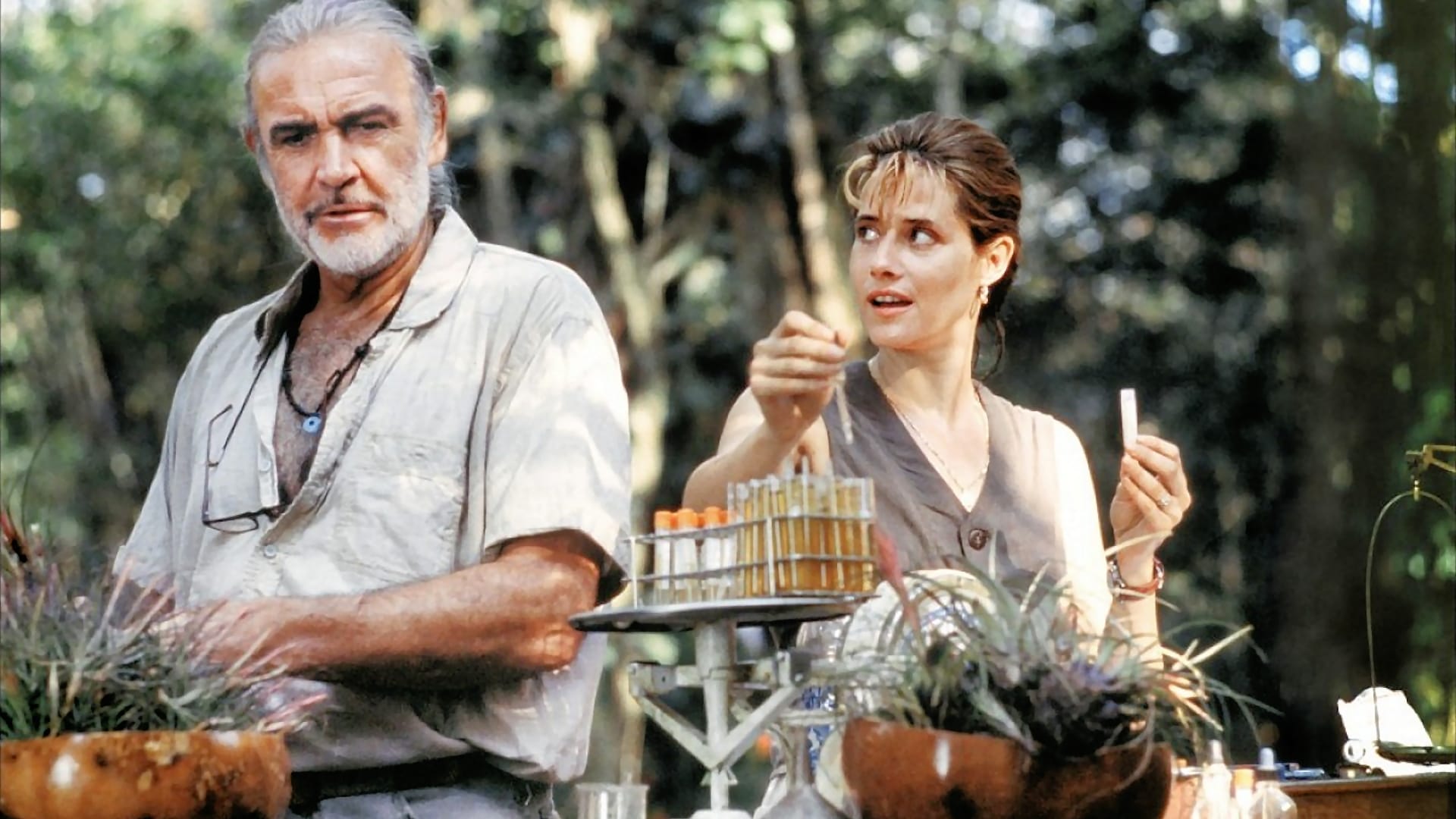
Watching this truly feels like a throwback to the 90s days when “save the rainforest” was the ecologist slogan du jour.
The story follows Dr. Crane, a female biochemist travelling deep into the Amazon rainforest to locate “eccentric” (read: charismatic misogynist) researcher Dr. Robert Campbell to determine if his research is still worth funding by the pharmaceutical company they work for.
Campbell initially rejects his new assistant, as he requested the aid of specific colleagues to help him in the field. As all the colleagues he mentioned by name are male, the locals, as well as Dr. Crane interpret this as him rejecting her because she’s a woman. This is a character setup for bickering and banter in the initial moments of the movie. You know, for character development.
Anyways, it turns out that Campbell is on the verge of discovering a cure for cancer. A pretty big deal, but a construction company is building a highway that will go through the only patch of land where a rare flower, believed to be the key to the cure, grows.
Even though the movie is set in the Amazon, it was filmed in Mexico and directed by John McTiernan, no doubt picked for his experience shooting other jungle movies like Predator. To his credit, the film looks fantastic.
It’s entertaining and well paced, although the “rainforest in danger” plot strains believability a bit. The worst part is that the clue to the miracle cure is made exceedingly obvious to the viewer, which can make it frustrating when the protagonists, supposedly doctors at the top of their fields fail to realize it for the rest of the movie.
The only thing more disappointing than that is the rather bland American title, Medicine Man, since I’ve always known it by the much cooler Spanish one: Los últimos días del Edén.
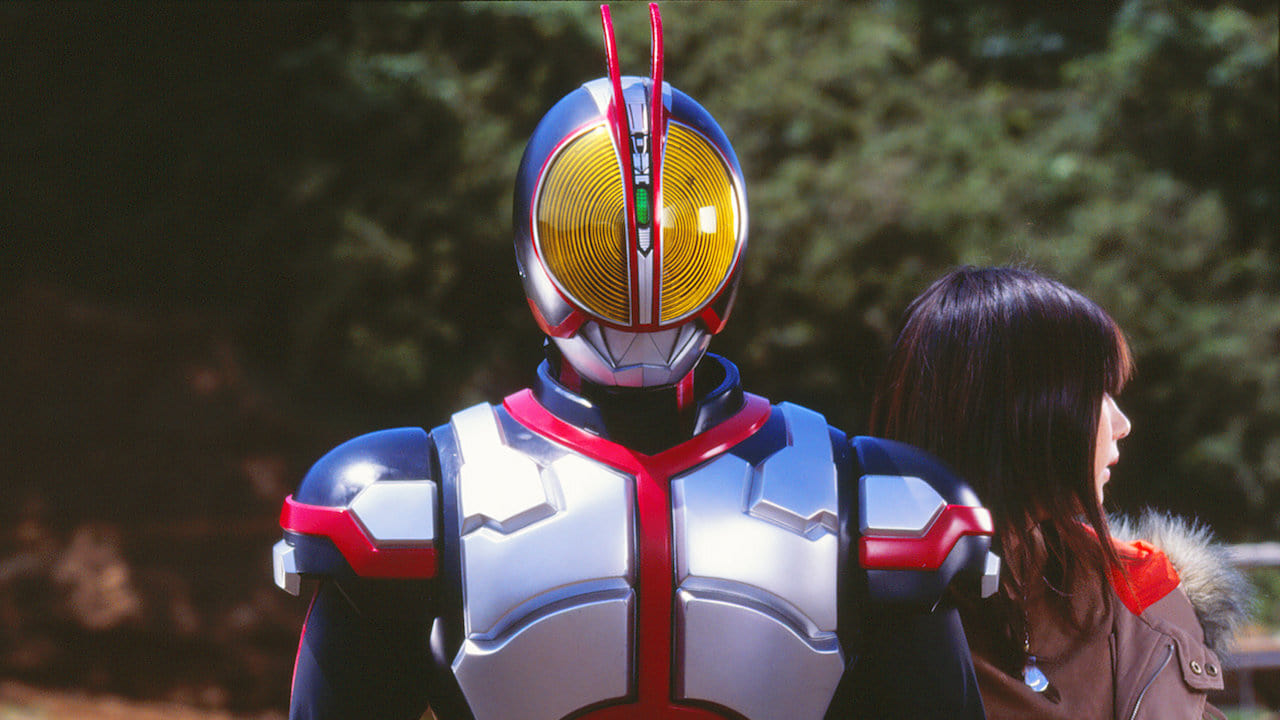
Kamen Rider movies aren’t exactly the pinnacle of cinema but from my limited experience, you can usually count on them being a good time.
Perhaps one of the most enjoyable things about them are the weird situations and character interactions that sound completely alien to anyone who has interacted with real human beings. What I’m talking about goes beyond “lol, Japanese shows are wacky!” into truly baffling scenes and character motivations and reactions.
It is one of the longest running tokusatsu shows in Japan, so of course there is some wacky show shenanigans for good measure, but Kamen Rider hits different.
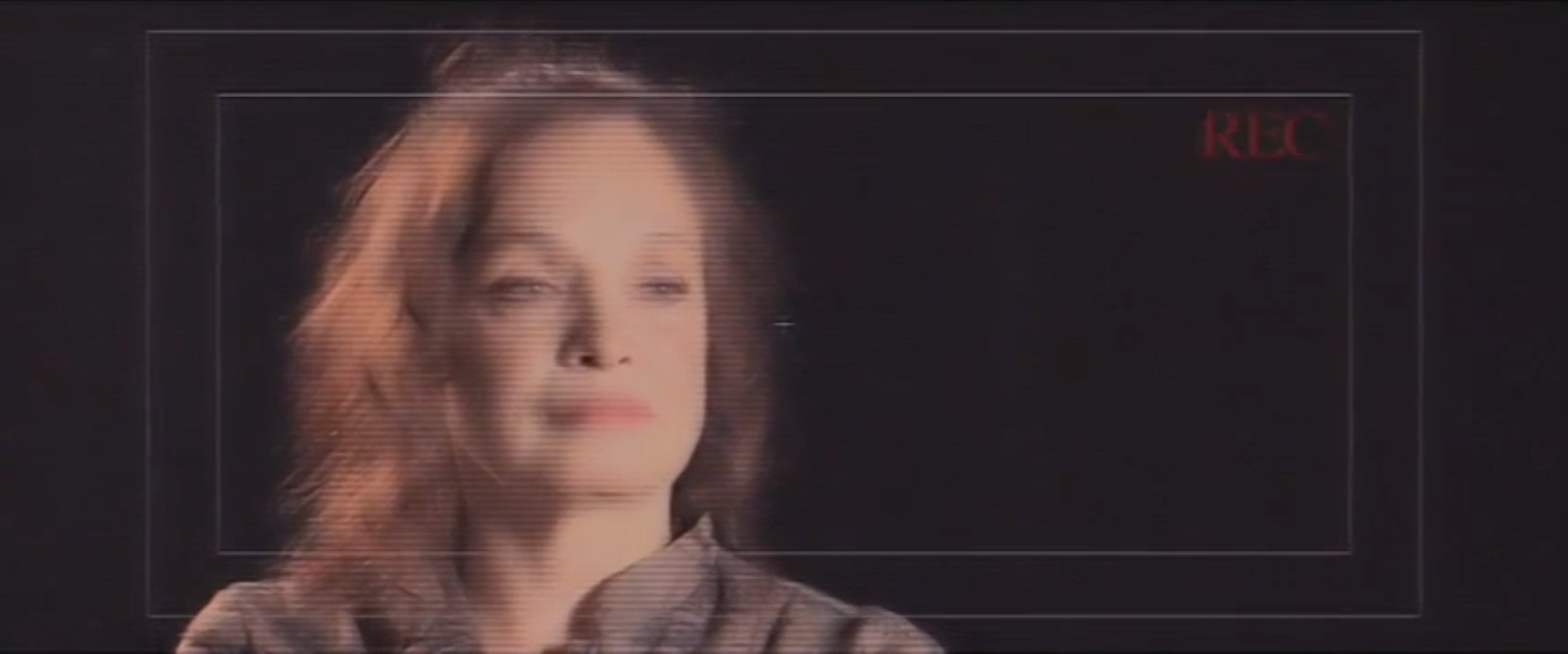
I haven’t seen a movie so bad in many, many years. If you check this very site’s archive, you’d see that the last and until now only movie that got 0 stars from me is from the 2018 watched list. That’s a 6-year streak without 0-star films that has been broken early this year.
I certainly wasn’t prepared for this one. Billed as an “unofficial sequel” to the beloved cult classic Streets of Fire, this vulgarity of a movie is one of the most egregious and gratuitous character assassinations and mean-spirited plot retcons I’ve ever seen in my entire life. It’s no exaggeration to say that what Albert Pyun has done to Streets of Fire with this movie makes The Rings of Power look like a benevolent and sincere adaptation.
The movie opens with a heavily filtered view of a desert road, and a girl talking off-screen about purgatory, implying that this is where the story takes place. She then appears to the camera with a green screen background behind her (green screen backgrounds with heavy color filters are an unfortunate stylistic detail of this movie), trying way too hard to sound cool but not quite pulling it off (probably more the writing’s fault than the actress). The presentation seems like something out of a high-school fan movie rather than from a director with decades of experience.
After the crappy intro, presenting Cody, the protagonist of Streets of Fire as this “lost soul”, we get some titles claiming this to still be a rock and roll fable, right after reading that Cody has been regretting the ending events of Streets for 29 years
The entire movie is cheaply shot. When it’s not video-looking shots with cloying color filters slathered on, it’s obvious green screen with tacky looking backgrounds.
Not only the look of the movie is insulting, but the plot and how it treats the actors and characters of the original too. Cody is depicted as a perverted serial killer, as he tortures and toys with a couple of girls stranded in this desert road. The only redeeming aspect to his actions being that the girls are criminals and murderers as well. Not sure how they bamboozled Michael Paré to agree to this script.
Interspersed with this gratuitous torture-porn (and some porn-porn for good measure) are interviews with Cody’s sister Reva. They convinced Deborah Van Valkenburgh to reprise her role again, but she appears almost exclusively in these shitty low-budget interview scenes with a bad camera filter slapped on, that seem more like improvisation than something scripted. The worst kind of improvisation too, one where the DJ interviewing her seems hell-bent on making the actress look bad, by asking the worst possible segues and contradicting her statements. Literally the opposite of what you should do with improv, but instead of being funny in a comedic context, it’s just disrespectful for no reason.
Another subject of interviews is “Ellen Dream”, who is supposed to be the daughter of Ellen Aim from the original, played by some random teen in a band. These segments are a lot less intent on contradicting the actress and seem more scripted, and basicallyrevolve around two topics: how much Cody sucks, and the upcoming concert of this Dream woman.
All that awful setup and complete 180º turn to Cody’s original character culminates in some sappy “redemption” scene when he attends Ellen’s daughter’s concert, where she reprises some songs from the original movie in the style of 2000s emo-rock. And, right before the credits, more titles hastily explain that the police could never pin any of the murders on Cody, so he joined his daughter Ellen on her world tour. All is forgiven, blah blah. Then the title “Albert Pyun’s 50th movie”, appears in bold white letters.
What an absolute trash of a production. Literally nothing came out right. It’s more insulting than anything to the legacy of one of the best rock fables in cinema, all for nothing. Complete garbage.
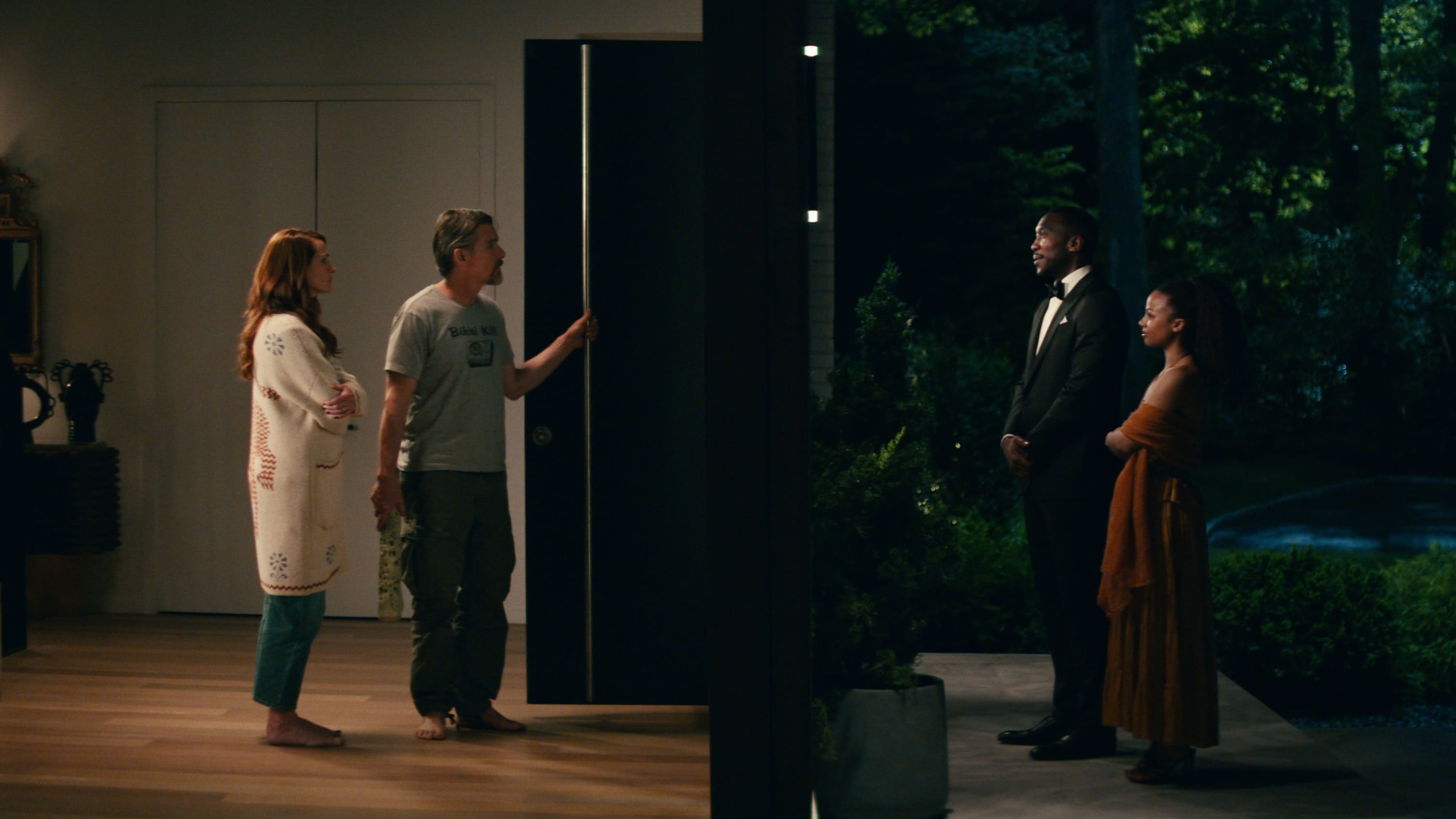
Interesting little thriller with a certain genre vibe I won’t spoil. It doesn’t go for any particularly deep commentary or themes, but it does build tension and present a particular survival situation fairly successfully.
The set pieces are well thought out, and the plot moves at a perfect pace. Not much more I can say without spoiling the twists and surprises that are slowly drip-fed to the audience.
It’s an entertaining watch if you want something light and immediately engaging.
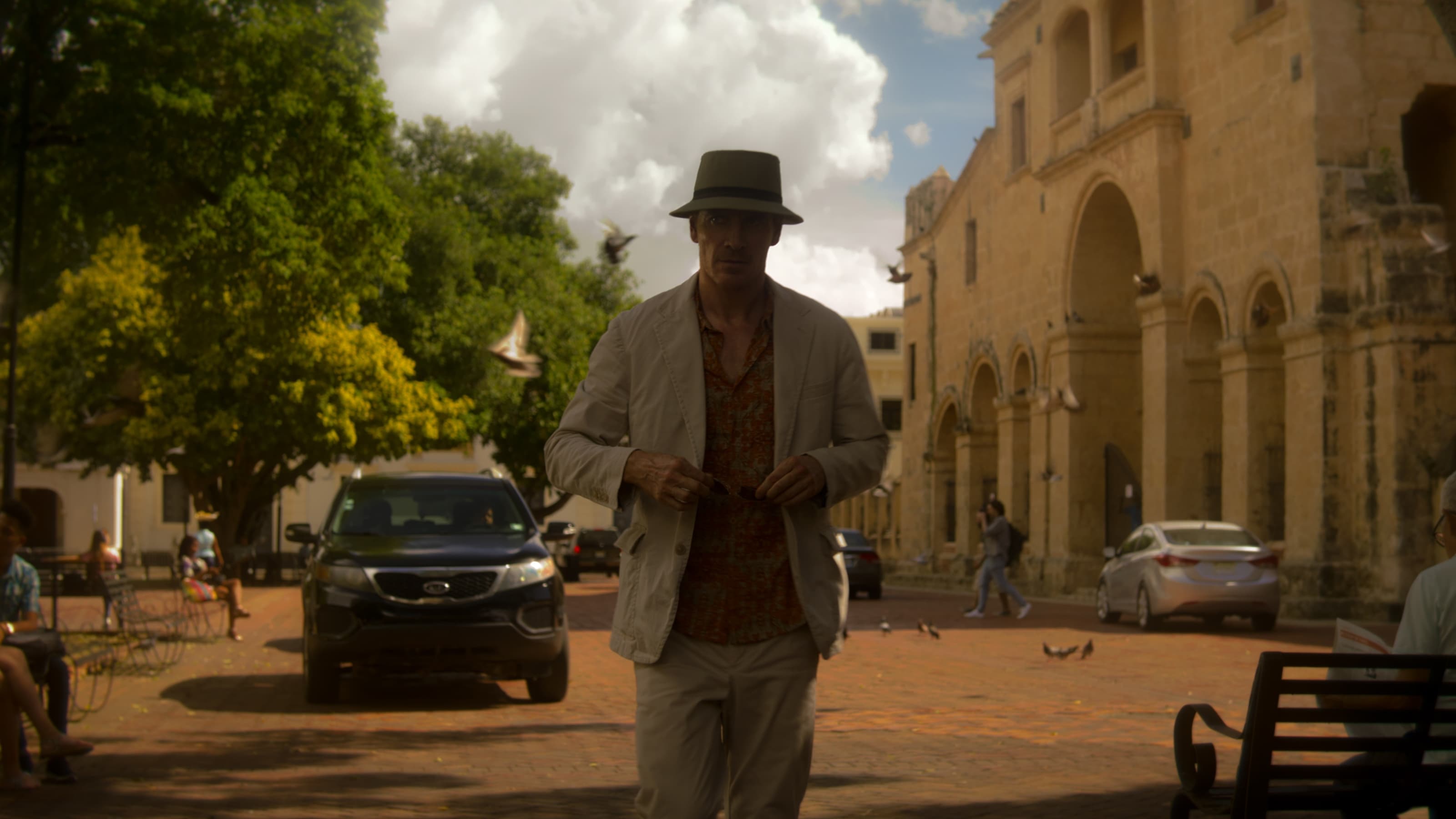
David Fincher has been making movies on commission for the big streaming platforms lately. This is another one.
A fairly by-the-numbers assassin revenge plot with some facile social commentary sprinkled in. The production values are good and despite Fincher’s… lacking artistic integrity as of late, it’s not like it’s descended to the depths of, say, a Ridley Scott movie.
Definitely recommended if you like films about killers. It has a lot of neat details, but they don’t have any staying power. It’s almost sad that all this care and effort was put on what’s essentially a direct to Netflix movie (the film went to streaming barely 2 weeks after a limited theatrical release).
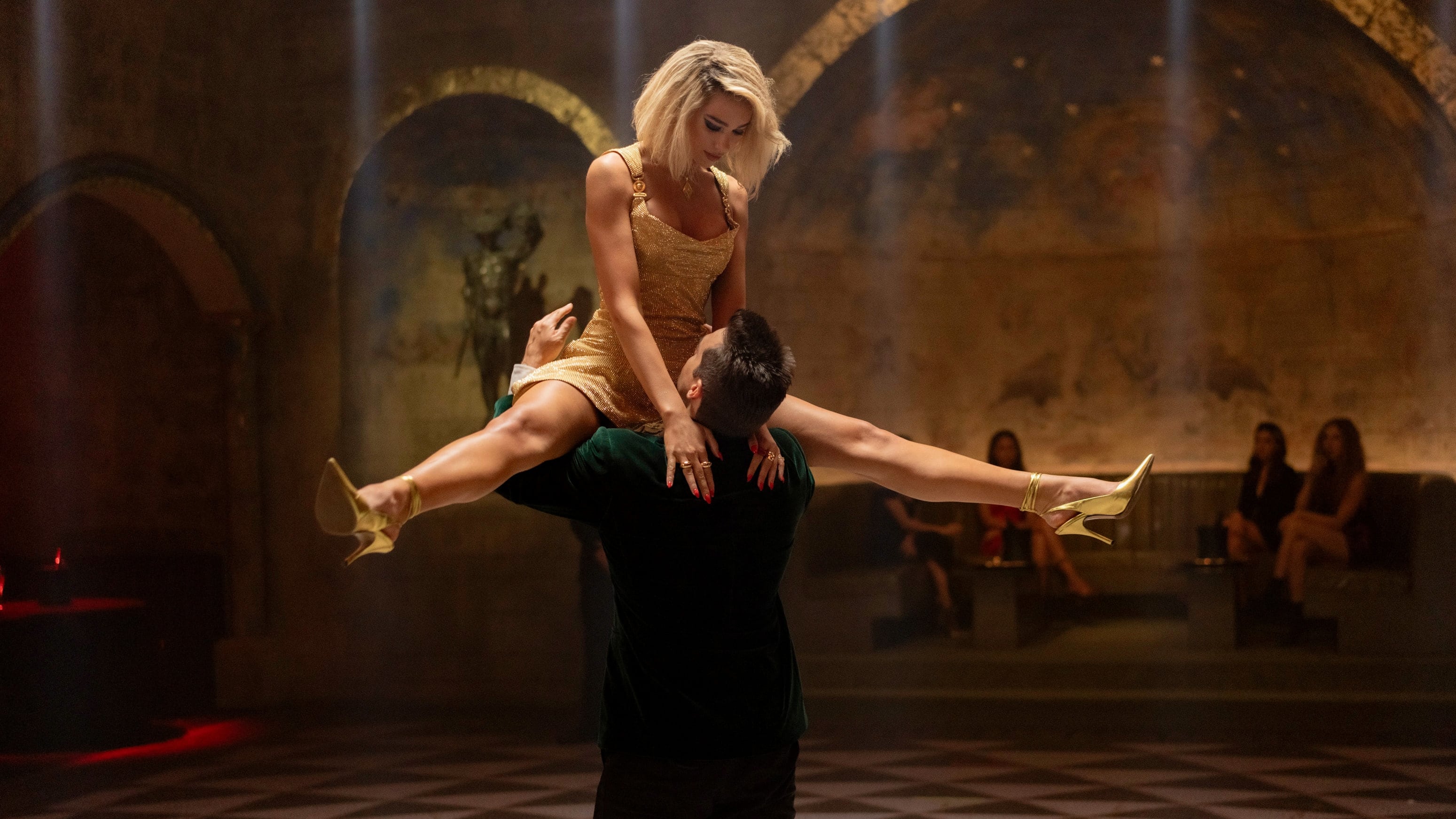
While this movie sells itself as some sort of parody take on an action-spy genre, it ends up being one of those embarrassing pseudo-subversive fantasies that isn’t very funny or interesting in its comedic takes.
The initial premise of the story of a spy thriller novelist interjected with scenes from her books seems fun enough, and then the encounter with the “real world” spy seems like it can lead to a fun comedy film, but after the first main “twist”, the entire thing goes off the rails in a predictable, boring way.
Some of you may find it a fun watch but for the most part I’d avoid this one
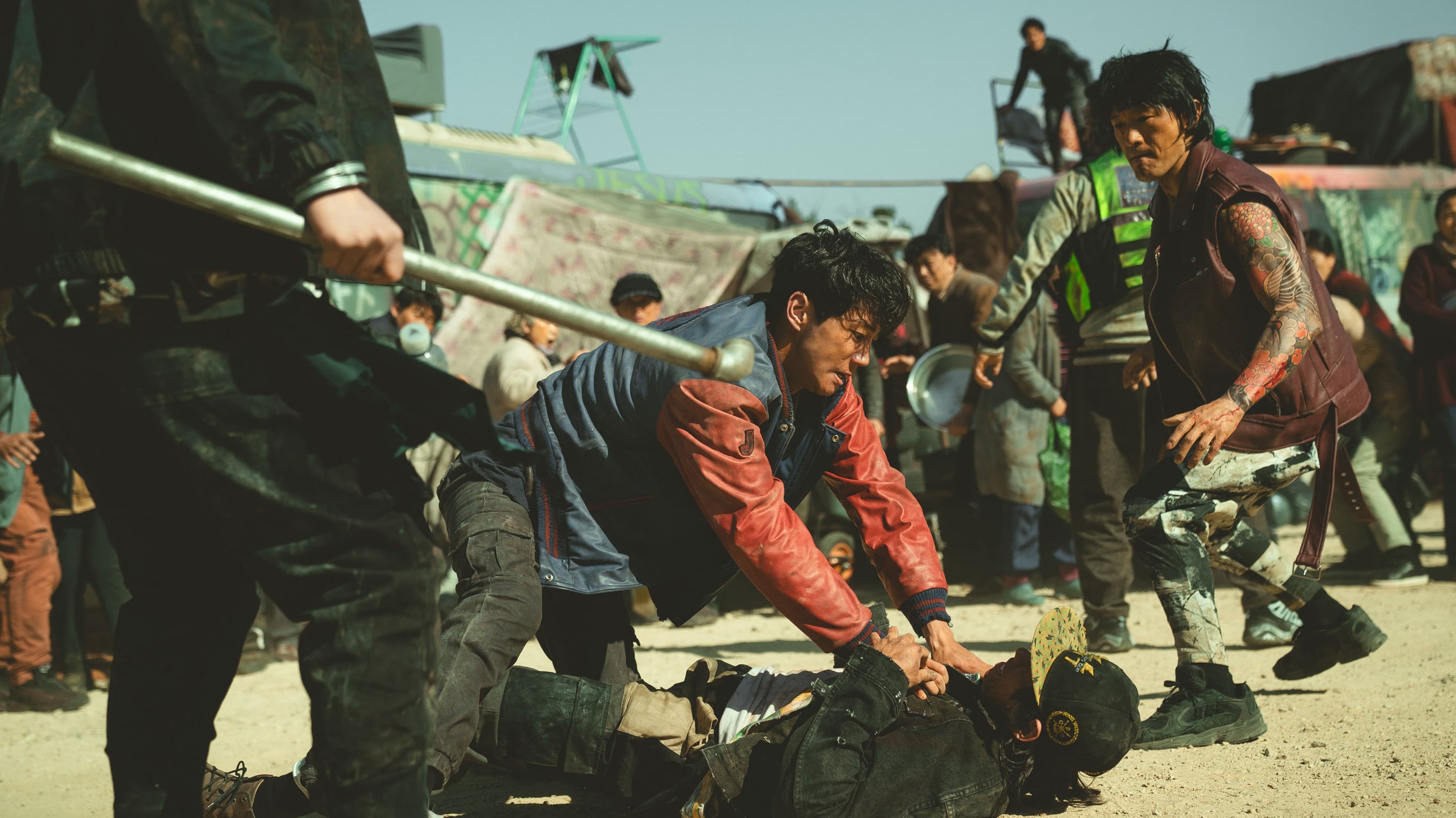
Mid-budget post-apocalyptic film produced in South Korea for Netflix.
It’s got an interesting premise, and a decent sense of adventure and plot progression. The action setpieces are fun and engaging.
However the plot isn’t doing anything particularly novel. It’s trying to mix a few tropes to build a consistent but by-the-numbers post-apocalyptic romp.
Nothing to write home about.
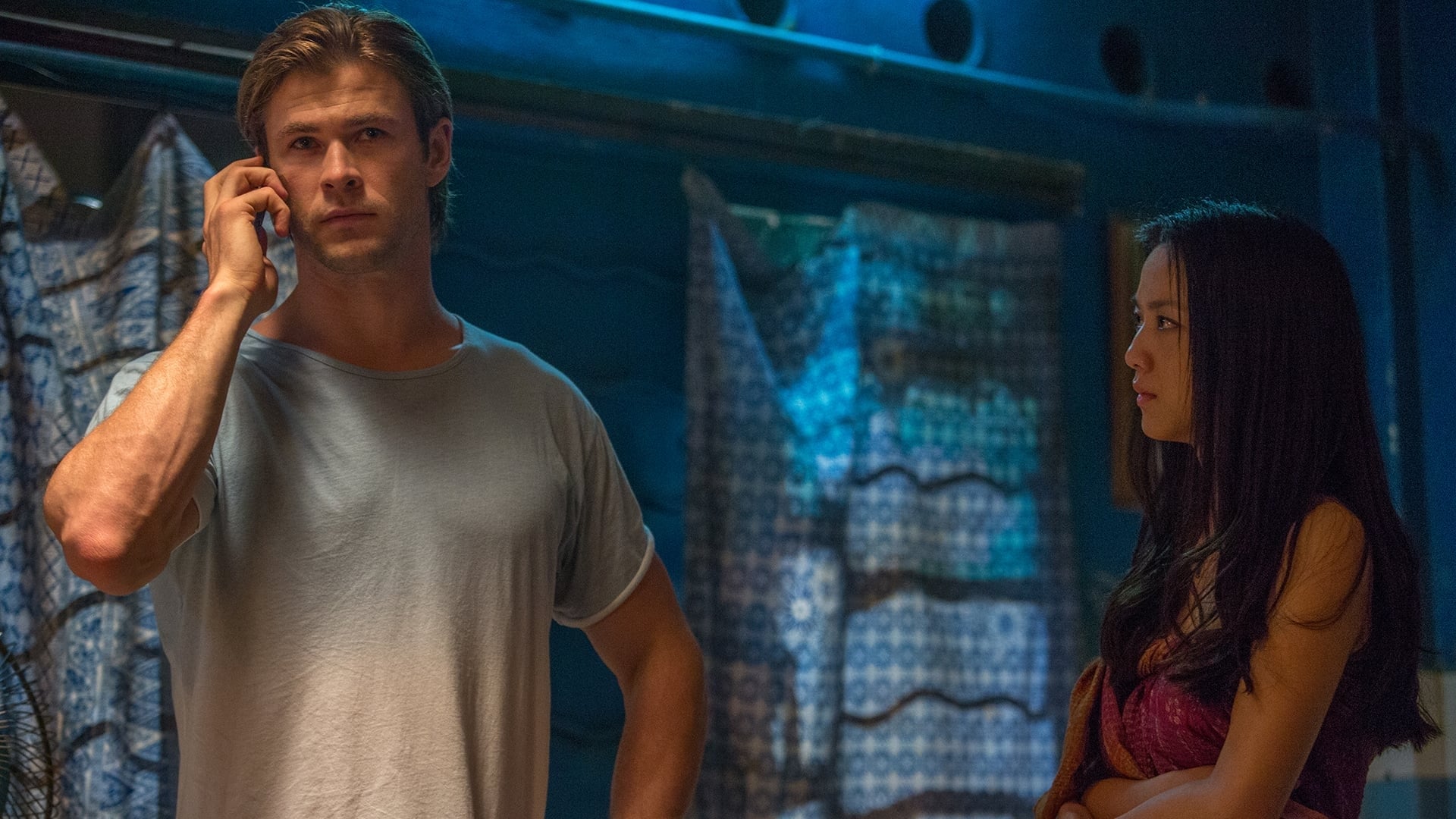
I tried to watch this movie earlier, but I stopped mid way before it could engage me. I’m glad I went back to it because it is pretty darn good.
As a plot, it’s basically an international criminal thriller featuring a “black hat” hacker played by Chris Hemsworth, who has to collaborate with the American and Chinese governments in a terrorist case. The actress Tang Wei, from Decision to Leave is also here, albeit with a performance that’s not as impressive as that other film.
The plot, while decently executed is secondary to Michael Mann’s masterful directing and visuals. I was impressed at the use of light all the way throughout the film. Incredible and unique atmosphere conveyed with colored neons at night. More specifically, it feels like a step up from his work in Collateral. You can, of course, always tell of Mann’s mastery of night scenes by watching what he did for Miami Vice.
This seemingly simple detail elevates what would be a run of the mill thriller into something of fantastic visual worth.
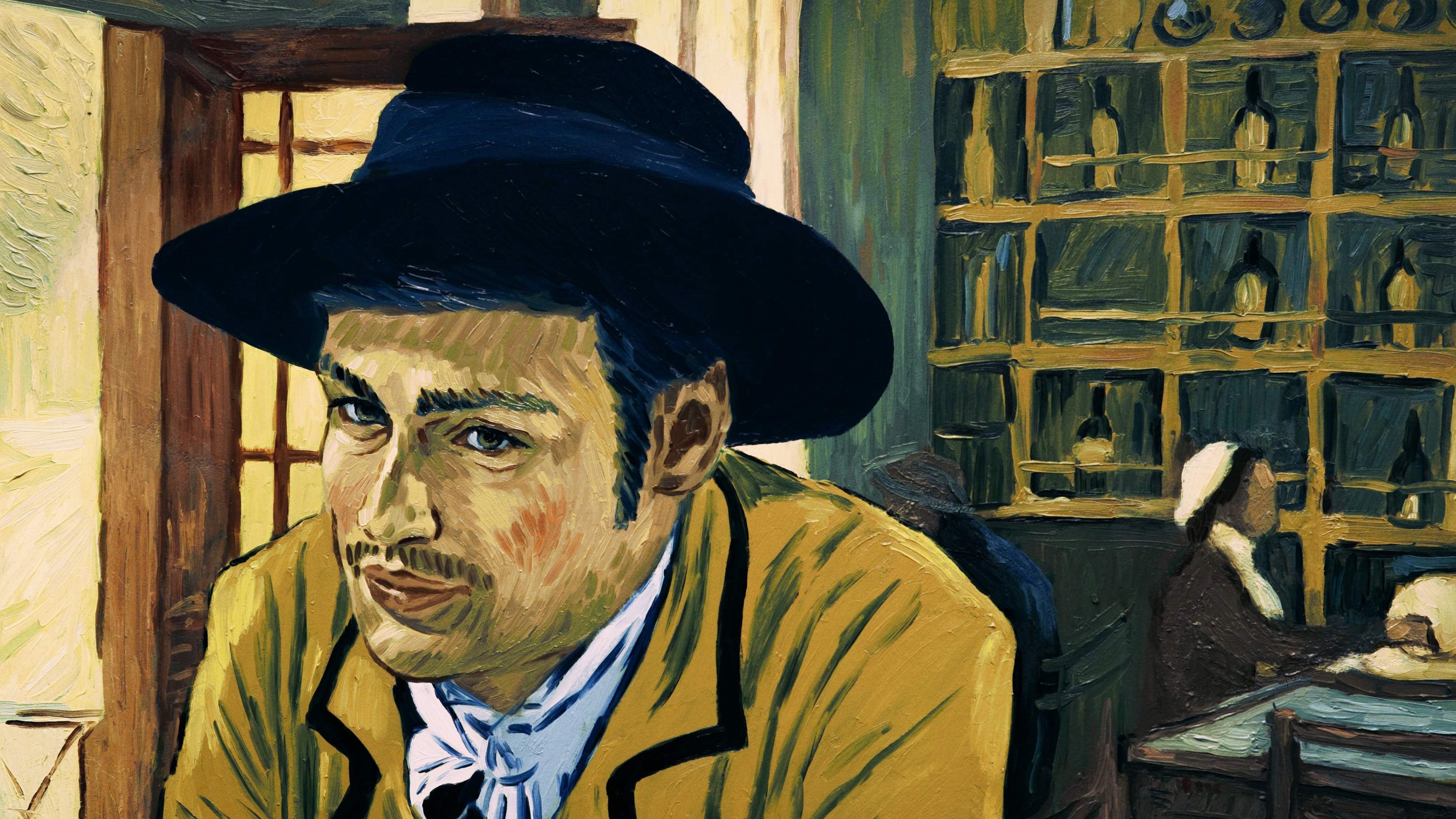
A semi-fictionalized story taking place after the death of Vincent Van Gogh, the universally recognized post-impressionist painter.
The film uses characters inspired by Van Gogh’s famous portraits to build a plot that explores his life and artistic trajectory, but what makes this movie unique is that the entire feature-length film is done in rotoscoped oil painting emulating Van Gogh’s brush strokes.
Although it uses a combination of live action and CG to build the basis for each shot, the final look required rotoscoping of nearly 67000 frames of animation, all produced in real oil paint.
As a 2017 movie, what makes this approach work unlike, for example, the marionette look of Kubo and the Two Strings is that the specific look of oil paint brush strokes couldn’t be quite accurately simulated by CGI alone. In this case, having artists place and animate the brush strokes manually is a sensible approach. And, while they cleverly reduce the need to redraw each frame by focusing only on the parts of the shot that change, it remains an impressive production accomplishment.
As for the plot, it’s perhaps well known that the life story of Van Gogh is both tragic and fascinating. The drama tugs at the heartstrings, but it’s always a nice tale to revisit.
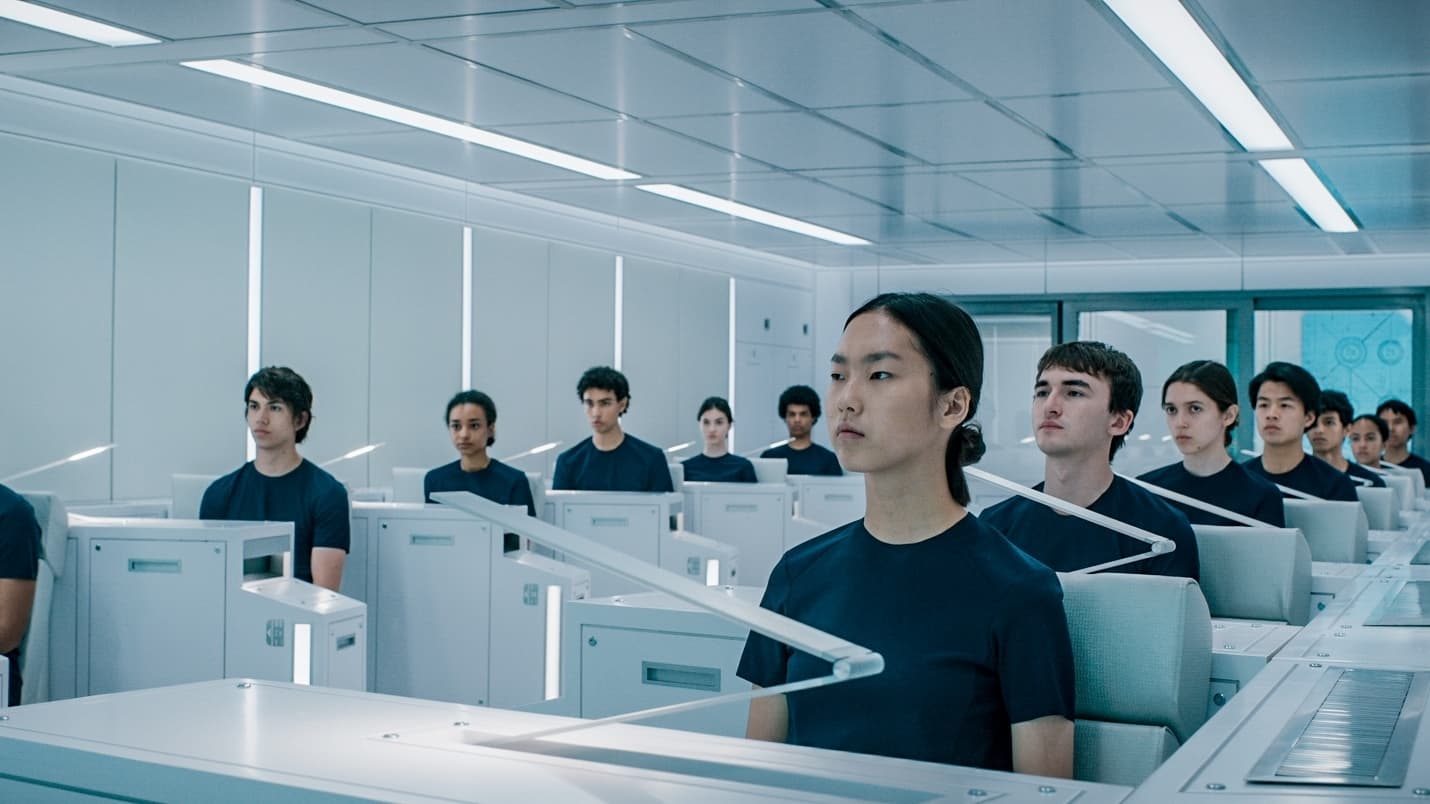
Not to be confused with Voyagers! from 1982. This is a pretty bland and by the numbers young adult science fiction-themed Lord of the Flies pastiche.
The Earth is in danger, so a Generation Ship is crewed with a group of colonists trained from birth for the voyage towards an inhabitable planet. In a silly move, one of the adult leads of the project on Earth decides to go against all the rules that they set up and go with the kids in the ship, as a “mentor”.
Oddly and unrealistically enough, it’s the loss of this mentor character, played by Colin Farrell, what causes the makeshift society of the ship to collapse essentially overnight.
Very predictable romp who doesn’t develop any of its trite themes in any novel or interesting way. Not particularly interesting visually or by its performances. Easy skip.
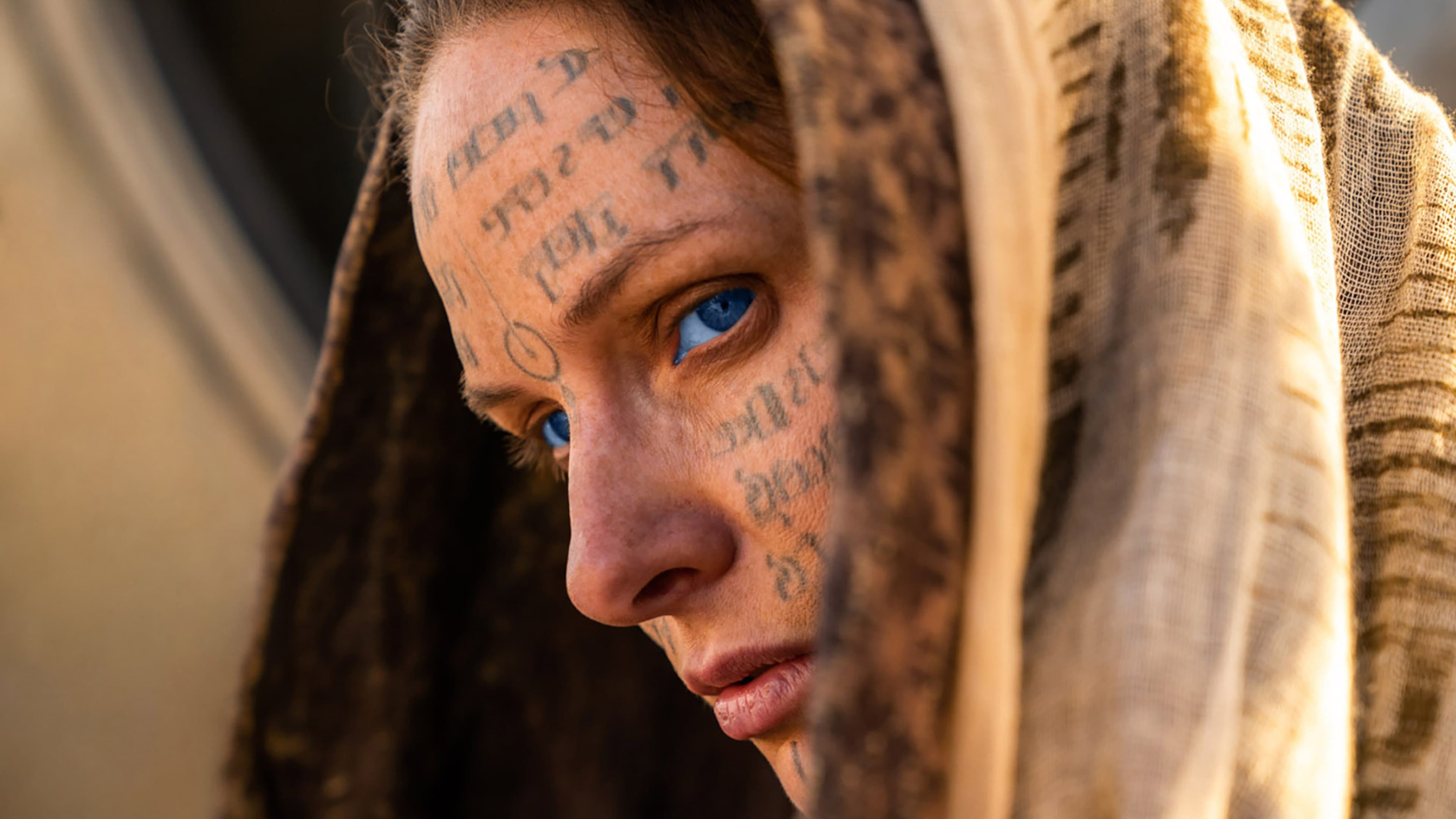
I already liked Dune: Part One a fair bit, but Part Two surpasses it in every way.
The jokey bits are toned down, and the setpieces are pure Villeneuve visual goodness. Some scenes like the arena duel in the Harkonnen homeworld of Giedi Prime, filmed in the infrared spectrum, are downright inspired.
The spectacle is there. Amazing artillery strikes, tense battles and duels… they all serve to pace the storytelling and plot development that happens in between.
Although I am familiar with the story of Dune, I haven’t read the original novel. I am, however, quite pleased with the way this movie was carried.
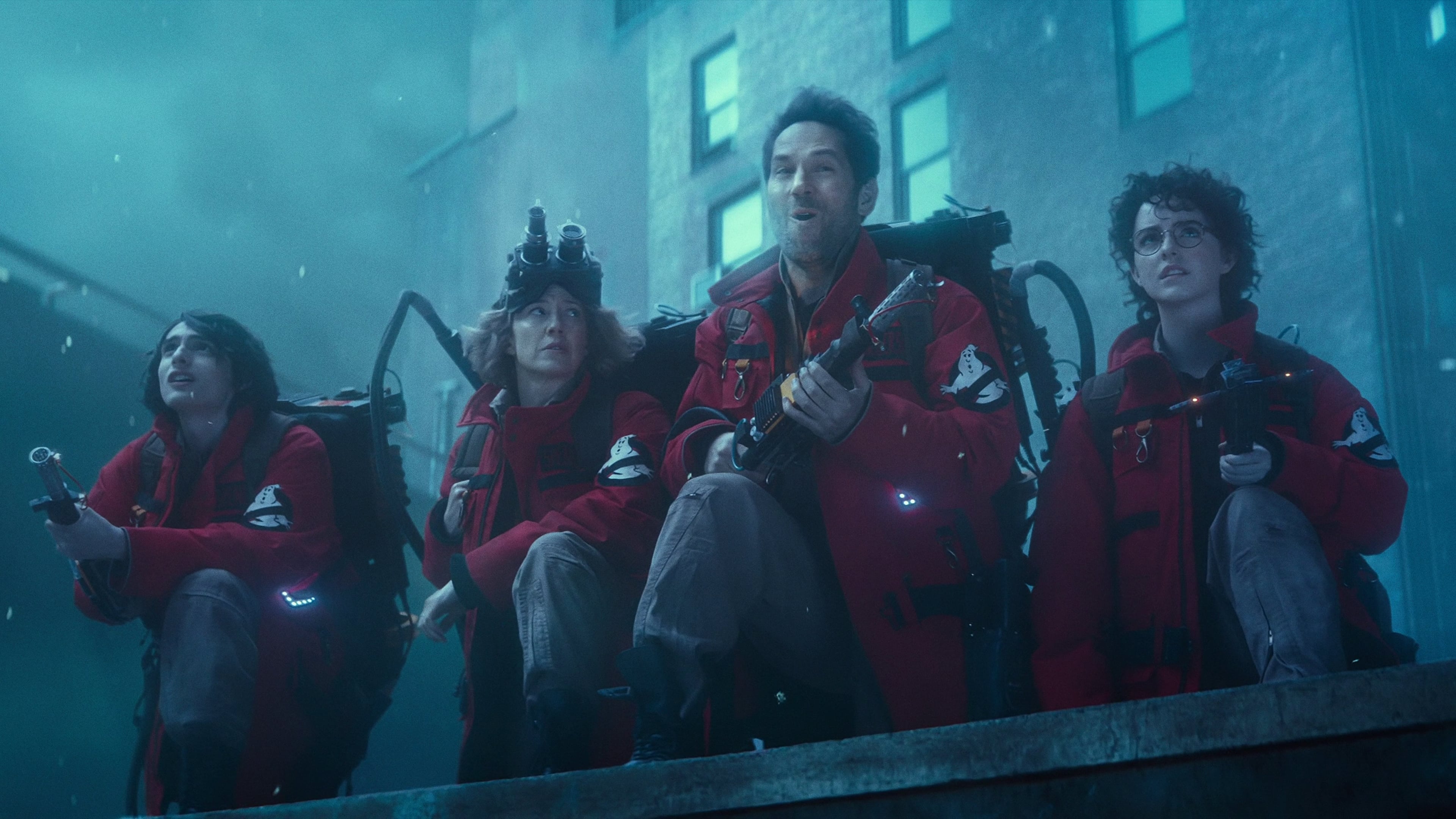
Continuing the boring trend of churning out more “legacy sequels”, we have yet another one for the Ghostbusters saga.
This one is a considerable step down from Jason Reitman’s Ghostbusters: Afterlife, and it feels like a shameless franchise movie rather than something made with actual care. It’s a reference-fest. Not completely gratuitous, but feels hollow compared to the fresh approach of the previous entry in the series.
The plot itself is also a lot less interesting. And the vibe doesn’t fully gel with what classic Ghostbusters was. Mckenna Grace is still fine here, but I’d say that her role is diminished from the previous entry too.
A big disappointment and easy skip. Watch Afterlife instead if you haven’t.
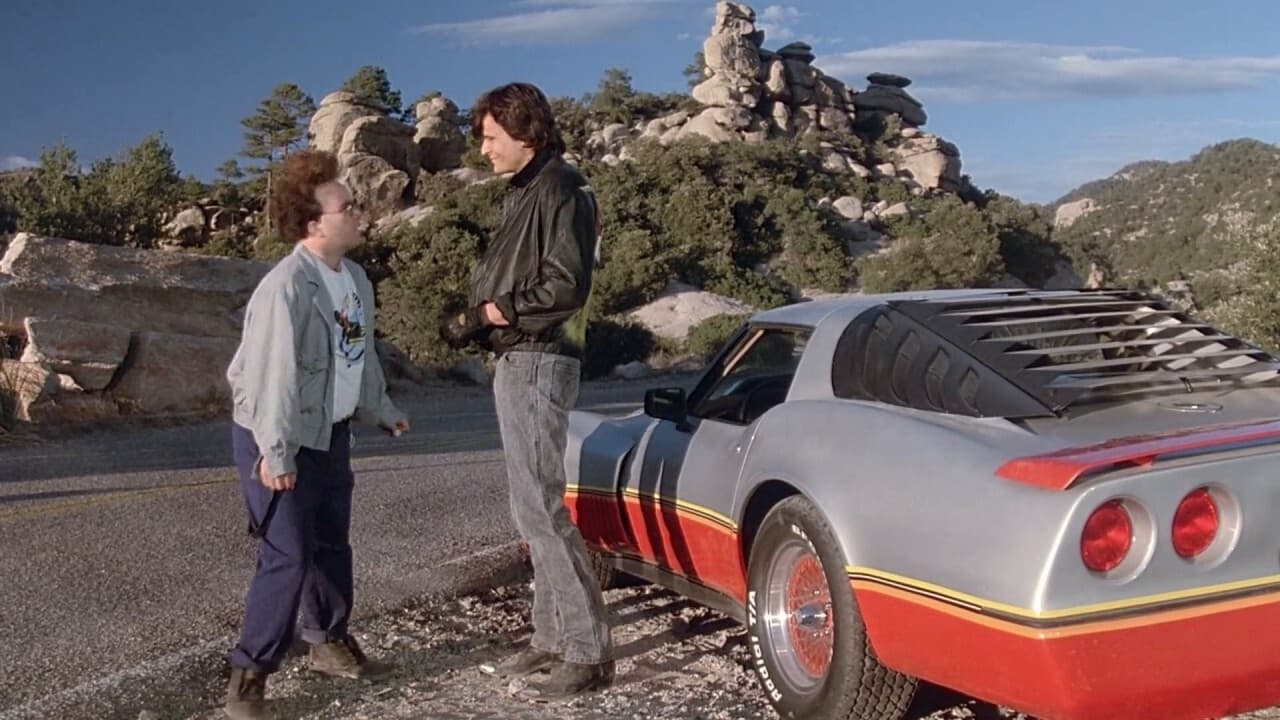
Pure pulp Video store 80s B-grade movie featuring disgraced old star Charlie Sheen.
An unapologetic revenge fantasy movie with cool cars that, much like The Lost Boys, takes place in an idyllic, sunny, small American town with an oddly high amount of murders per year. This is due to Packard’s gang operating in the area. They specialize in bullying guys and taking their cars in illegal races.
One day, a mysterious rider in black arrives in town driving a futuristic car that leaves everyone perplexed. The Packard gang members all duel him to races, one by one, and then die. Every time one dies, one of the braces in the rider’s armor disappears.
The movie looks good. It has that 80s sunny look by day, pink neon by night vibe. The characters are absurdly cartoonish, especially Packard, which is ridiculously evil for a two-bit gang lord.
Even though it’s been showcased in some bad movie lists, there are far worse things to watch out there. This one is at least fun.
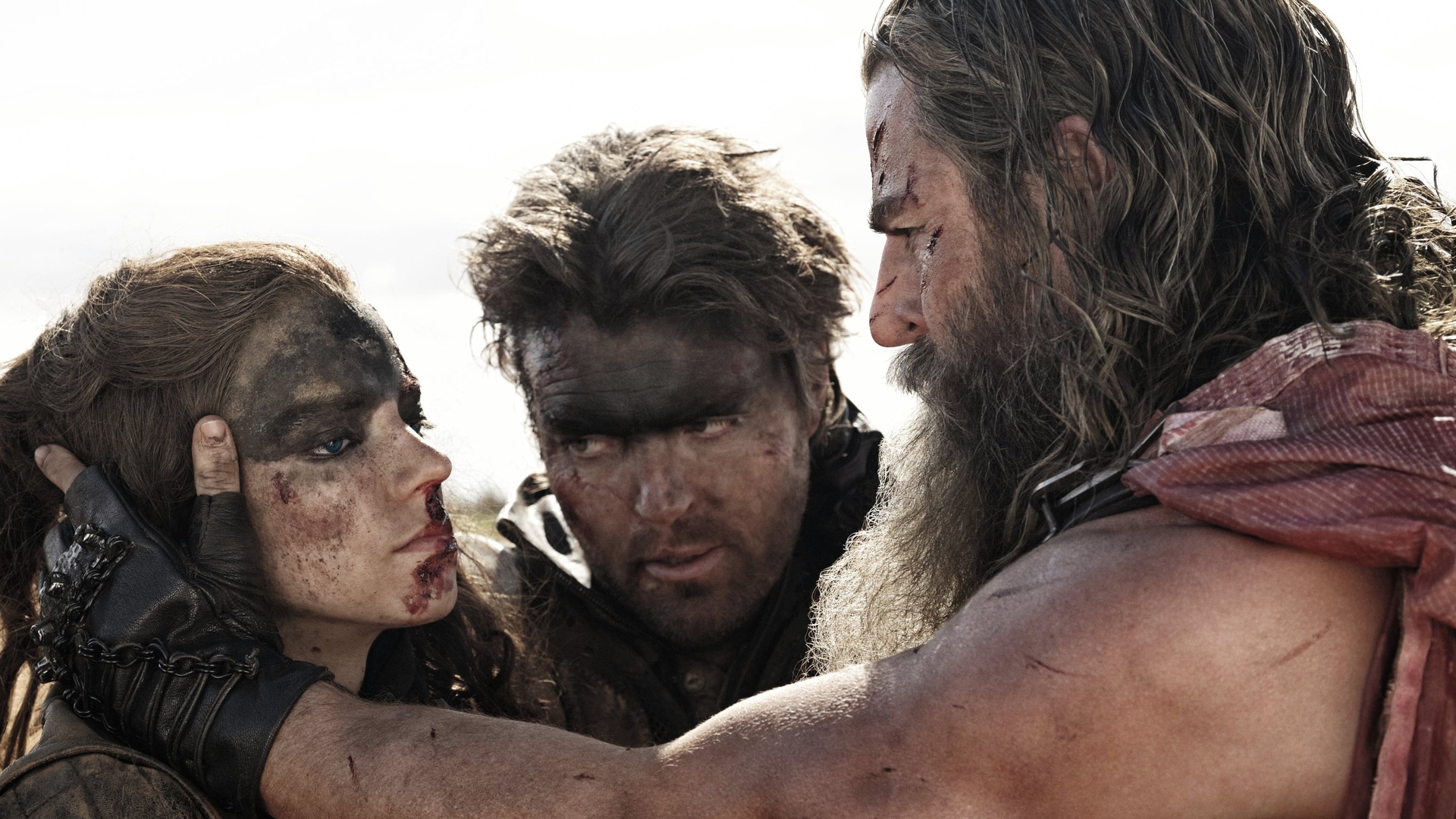
We finally got the long-awaited continuation of the Mad Max saga, this time in the form of a prequel to Fury Road.
From what I heard, the story of this movie, recounting the origin of Imperator Furiosa’s character as seen in Fury Road, had already been written years ago, but Miller decided to film Fury Road first.
Unlike the tight, close focus of that movie, however, Furiosa takes almost the opposite approach. Rather than a single, high-paced event, it follows the life and development of Furiosa over several years. Starting from being abducted as a child from the Green Place (of Many Mothers) to becoming an Imperator for Immortan Joe’s army, and beyond.
The role of Furiosa no longer falls on Charlize Theron, and is now mostly played by Anya Taylor Joy, which is pretty good casting. The new episodic structure lends itself much better to the kind of story this Mad Max Saga is.
The plot is compelling, the world building is still over the top but fun, and the action setpieces are flawless. Which is why it is pretty disappointing to hear that the movie flopped in the box office. We are now just in the late stages of the creativity wasteland that was the MCU. It seemed that the Planet was finally healing, and good blockbuster movies would become viable again, but alas, it seems it’s still too early to celebrate victory. Still, we must hang in there.
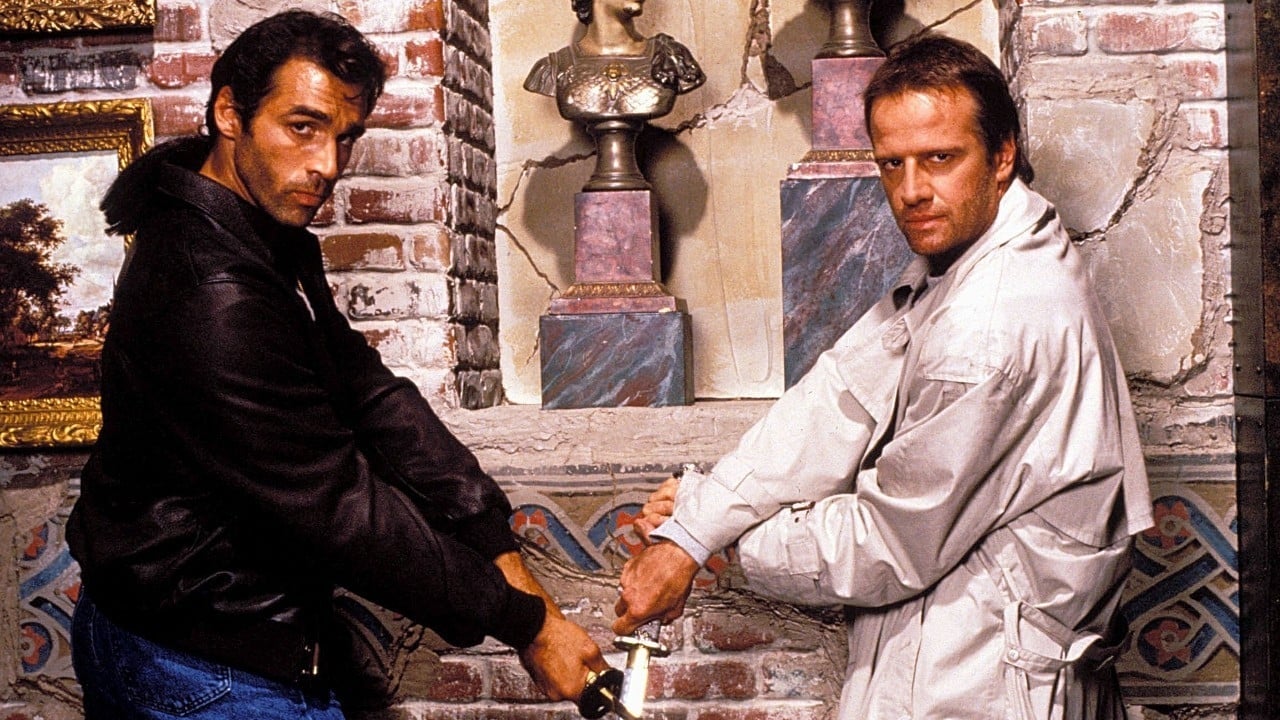
If I hadn’t watched Road to Hell earlier, This movie would be in the top spot for the most hilariously obnoxious destruction of character and franchise I’ve seen this year so far.
This is the last of the Highlander movies, which semingly promises to be a duet show with both Connor MacLeod, (good old Christopher Lambert from the other canonical movies) and Duncan MacLeod (Adrian Paul, from the TV show), but early on we have some bizarre character contrivance where Connor decides to sequester himself from “the game” by going to the headquarters of some bizarre secret society no one had ever heard of before, to be put in suspended animation.
If you know the premise of Highlander, where all the immortals are drawn to kill each other until only one remains, you probably are thinking that putting a bunch of them in the same chamber, restrained and defenseless, is an absolutely terrible idea, but that’s what Connor does.
And that’s of course what the villain (played by Bruce Payne of the awful first D&D movie) exploits to gain a ton of power very quickly.
Connor magically survives, though, because he has to have some plot armor in order to deliver a weird “passing of the torch” speech for Duncan.
Very lame stuff, but weirdly entertaining, even if infuriating in how it treats the movie lore vs the TV one.
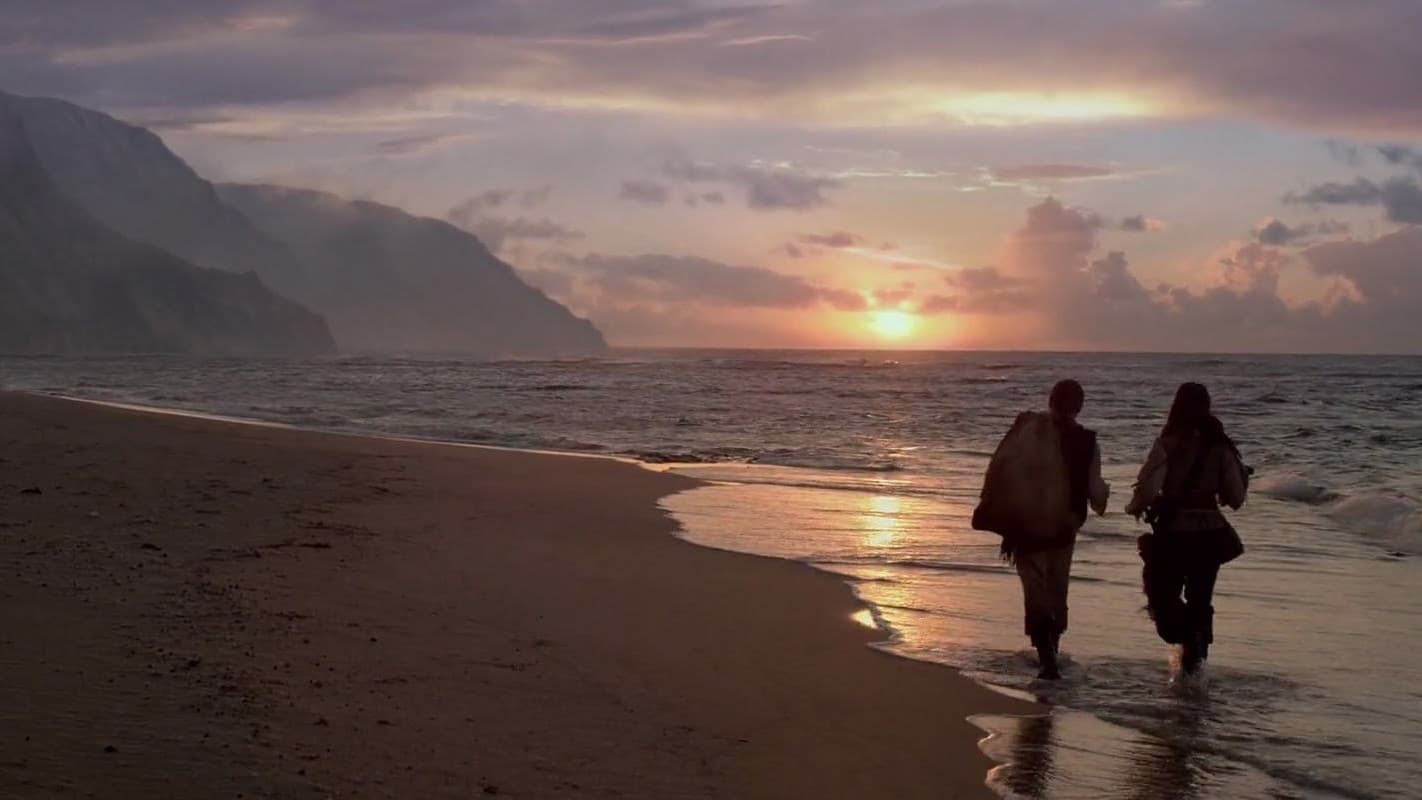
I have been reluctant to watch any of the post Gore Verbinski Pirates movies, and with good reason.
Each one has worse reviews than the last, and on top of that I’m not particularly fond of Penélope Cruz, Spain’s most international mentally-challenged actress.
This might be the worst movie in the entire franchise overall. The production values are OK, although they never really approach anything seen in the previous two movies. The setpieces are similarly boring in comparison. Casting aside, the lack of a “straight man” counterpart to Jack Sparrow’s character is felt throughout. Orlando Bloom’s character isn’t present for this one.
There is a sort of substitute character, the priest Philip, involved in some side-plot with some sirens (part of the movie’s McGuffin), but his role is rather bland.
While having Blackbeard as the villain is a good idea, and Ian McShane on the role is perhaps the only sane casting decision for the main characters, he’s not given any chance to shine from the script.
Pirates of the Caribbean: Dead Men Tell No Tales (Pirates of the Caribbean: Salazar's Revenge)
Joachim Rønning, Espen Sandberg, 2017
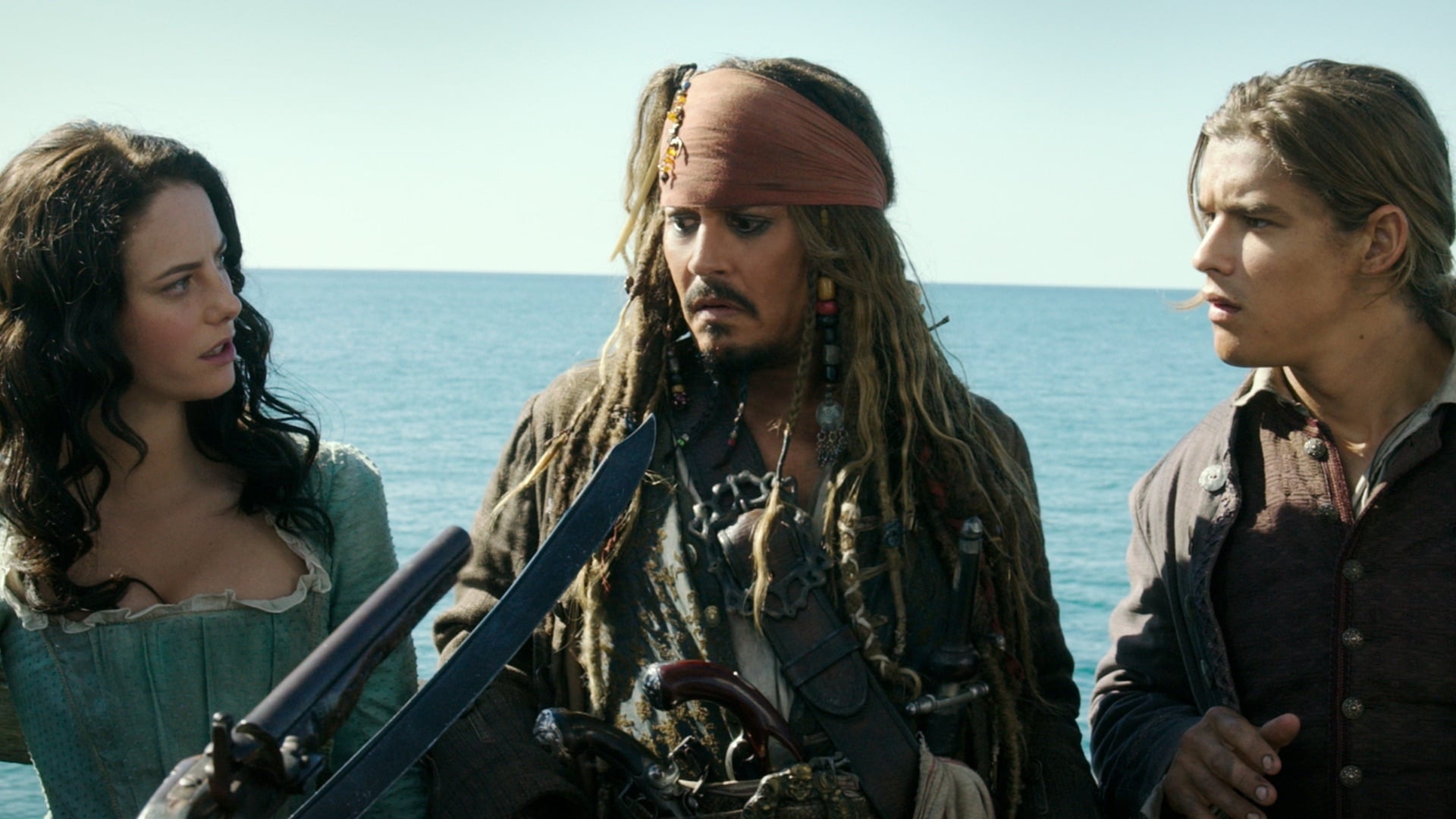
Even though the fifth and, so far, final PotC movie has the worst reviews of them all, I kind of enjoyed a little bit better than On Stranger Tides.
Sure, the jokes are asinine, the plot holes and setpieces are absurd, and the attempts at making the lore relevant to the characters of the classic trilogy is pretty pathetic, but at least they bothered to add interesting characters this time. The new faces almost give you the feel that you are in for an exciting adventure, for a little bit of runtime, until the reality of the movie crushes all those expectations.
The main villain, played by Javier Bardem is a good character concept, and the CGI is pretty decent as well. Even though Bardem plays the character as if he was some barriobajero from Madrid rather than the admiral of a Spanish fleet, you can tell he had fun in the process.
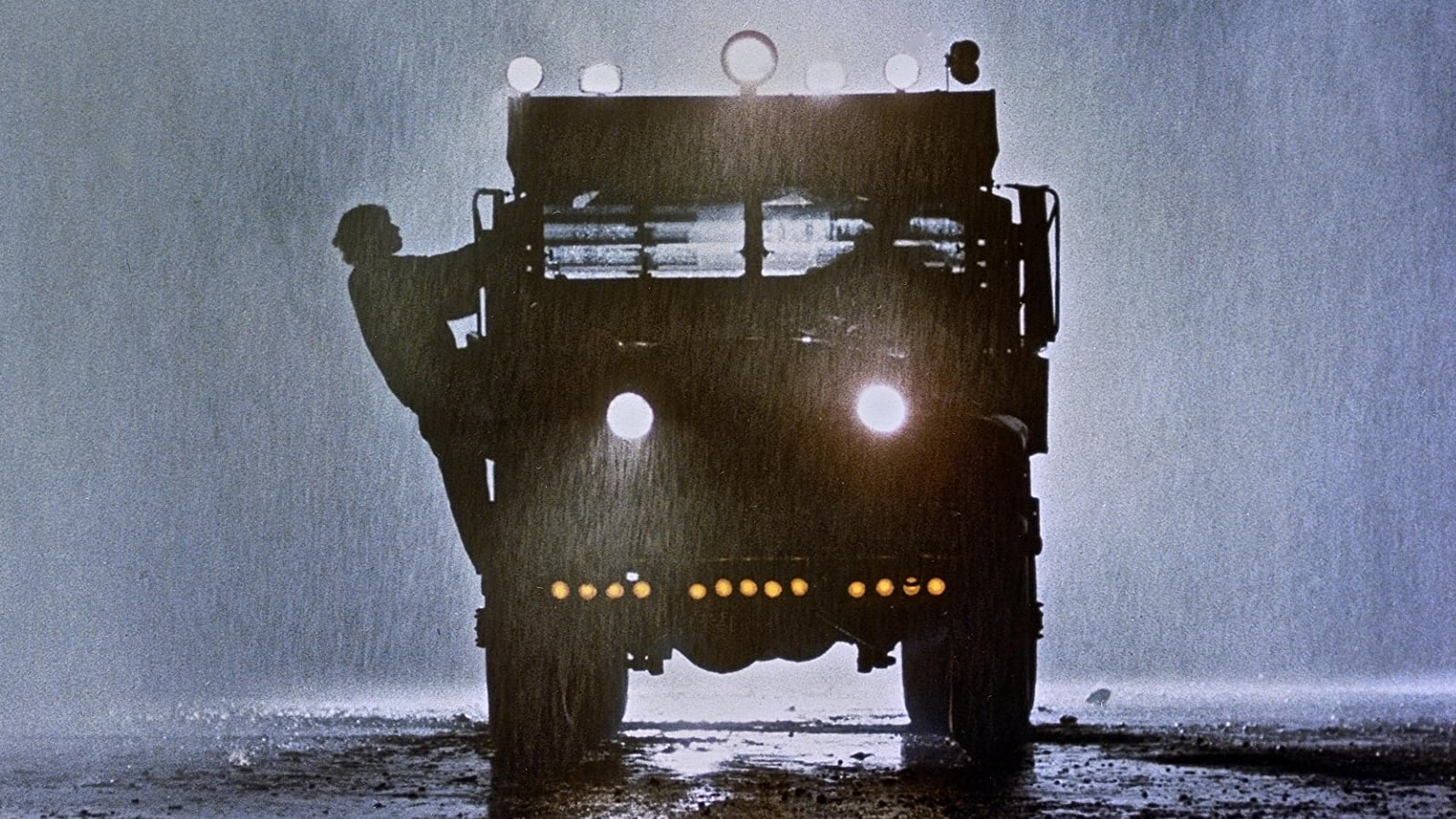
I remember my dad describing this movie many years ago, I think it was during a rerun on TV. I don’t remember if we ended up watching it or not, but in any case, I was way too young to pay attention. Years later, I rediscovered the title again and put it on my list.
Based on the Novel Le Salaire de la peur (The Wages of Fear) by Georges Arnaud, which had been adapted before to film in a 1953 movie of the same name.
The plot follows four men from different parts of the world who, escaping their fate, end up in the South American town of Porvenir. Eking out a miserable existence of back-breaking labour, they find an opportunity when an American oil company shows up looking for volunteers for an assignment: Deliver two trucks full of unstable, nitroglycerin-seeping dynamite to close up a fire from an oil well.
Some have said that the fact this movie came out a few months after Star Wars is one of the factors of it not being so well known but the movie is not that obscure. It’s one of Friedkin’s most respected works and a masterfully crafted action thriller film. In addition, any adult, PG-rated, thematically heavy film such as this was going to have a hard time competing with a veritable social phenomenon like Star Wars.
Regardless, it holds up extremely well. I’ve seen comments indicating that nowadays, the movie would start very differently, and show the main character’s backstories in a flashback, instead of front-loading them at the beginning of the movie, and that’s exactly what, I believe, the European edit did back in the day. Let me tell you, they completely missed the point. It’s pretty important to the whole thematic throughline that the events are presented sequentially.
Two thumbs up, way up!

Not to be confused with Atlas (1961), Atlas (2013), Atlas (2018), Atlas (2021)… You get the idea.
This particular Atlas is an infuriating, poorly-written direct-to-Netflix vehicle for J-Lo and that guy from the Shang-Chi movie.
The protagonist, played by Jennifer Lopez, is a machine-hating super-genius that ends up deployed as an advisor on a military assassination mission against a notorious terrorist. Soon after arriving —oh, what coincidence— all the military trained professionals are wiped out in a matter of minutes, and J-Lo’s character is forced to survive with only her wits and a state-of-the-art, giant AI-powered combat mech.
Since she hates machines, hilarity ensues.
No, it doesn’t really. It’s all predictable and boring. Some visual effects are OK but for an action sci-fi movie featuring giant mecha, the whole thing is pretty bland and almost definitely not worth your time.

Two zero stars movies in the same year? Yes, I wasn’t expecting it either, but we have another shovelful of crud on our midst this year, marking it the one of the worst years in movies since I’ve been reviewing movies.
And what a flaccid, sputtering attempt at a sequel this was. One already doesn’t expect a chunky, piece of Cinema from a Deadpool movie, but this one was soft all the way through without delivering even at its climax.
Sure, the cinematography looks dull and artless, but that’s just par for the course for any non-Guardians of the Galaxy Marvel movie. What’s more baffling is that despite having all the cheat codes, the movie falls limp despite waving its dumb franchise cred around non-stop, and still fails to come to a satisfying conclusion.
And the plot is just nonsensical lore word salad, apt only for the deepest Marvel goons. The film not only prematurely blows off its titular confrontation, but it just doesn’t bother to be anything more than slop.
I’m still baffled at how you can screw up this badly. You have comic-accurate Gambit in your movie, and still can’t measure up to a decent hero flick. In this context, sprinkling little enhancers like a Henry Cavill cameo feel just like desperately overcompensating for its lack of excitement.
And no, it’s not the “humour” that bothers me, but how the sum of its parts becomes just an embarrassing, inferior whole of what could have been at least a watchable film.
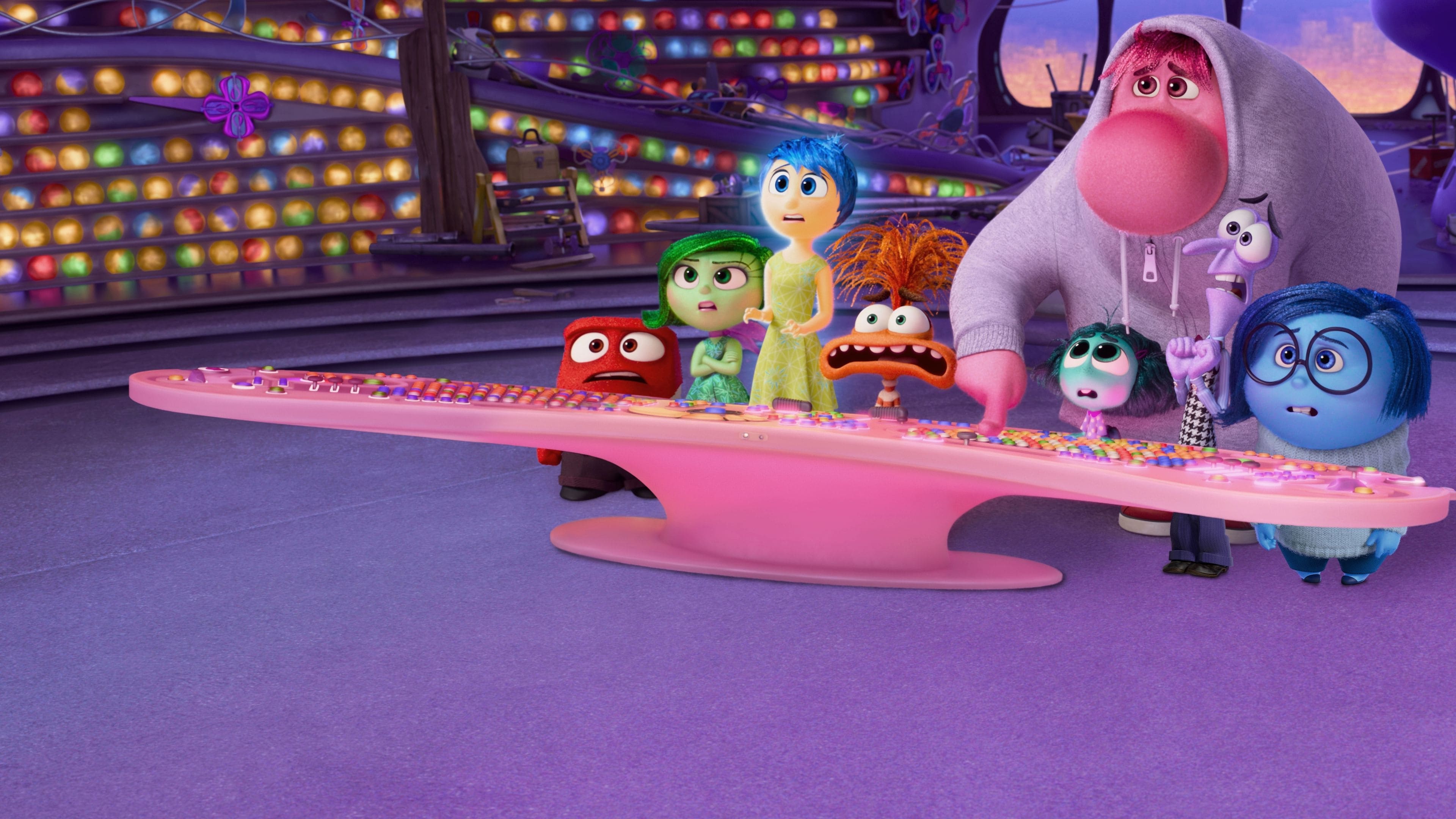
Sequel of the well known Pixar movie and still pretty good.
It’s a well-conceived and executed series. I find myself with a complete lack of notes to give.
Entertaining, well-written and while the wow factor of CG animation is definitely hitting diminishing returns by now, the technical execution is also fantastic. Not much more to add.
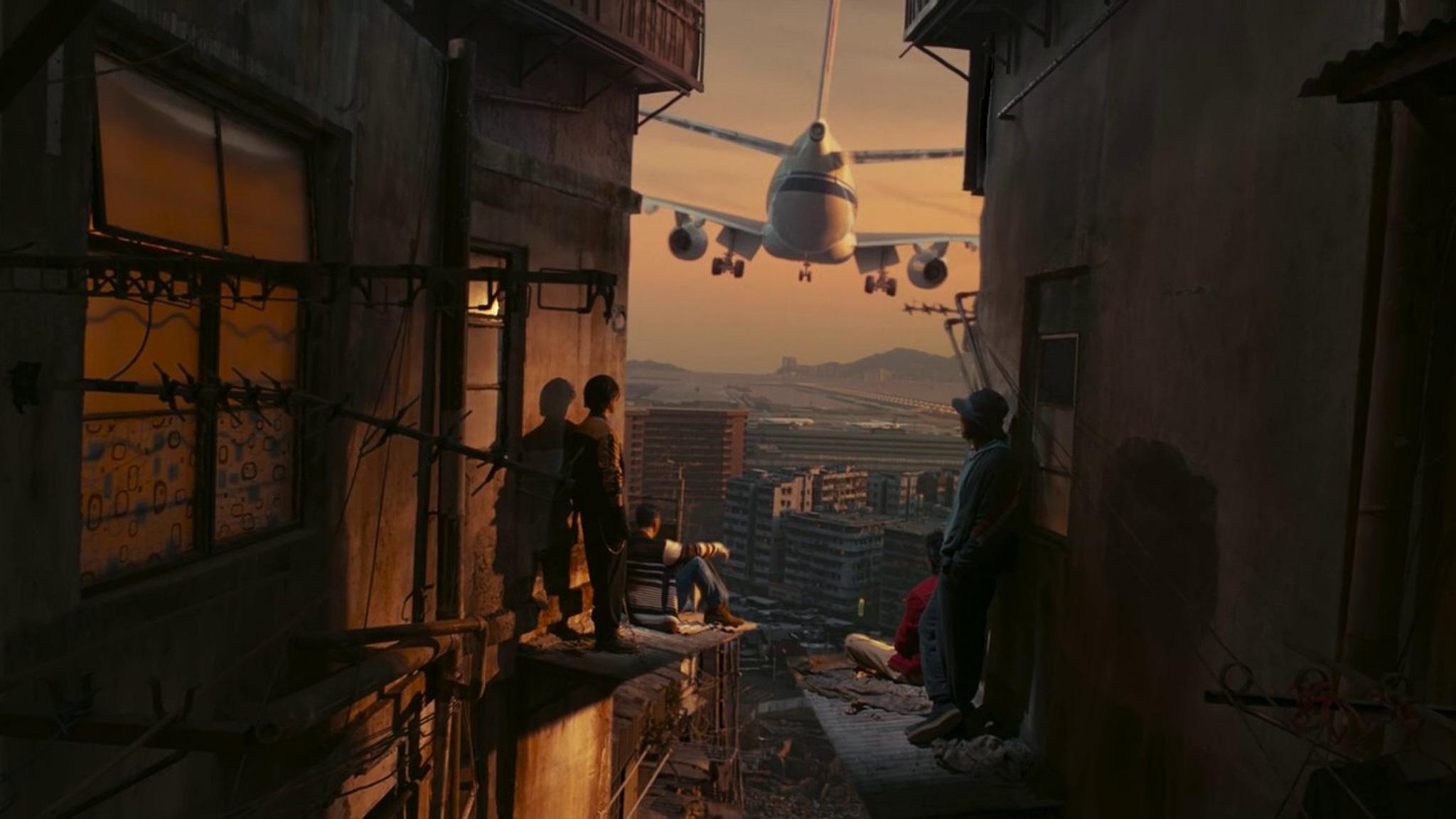
I was very surprised about this movie because, below the glossy, high dynamic range, digitally filmed modern visuals, there is a definite throwback to he 80s not just in setting and subject matter, but in the style of a classic martial arts tale.
The movie is an adaptation of a graphic novel, which automatically gives it some interesting choices from the get-go. However, while I’m not familiar with the source material, I felt that the whole gimmick around the character that ends up becoming the main antagonist came a bit out of nowhere. If it had been introduced or foreshadowed better, it would have been a perfect setup.
Still, that’s an extremely minor dent on a very enjoyable martial arts flick. The fact that it takes place in Hong Kong, largely in the Walled City of Kowloon, just hits the spot for me as a Kowloon appreciator. Plus, along some very capable new faces you have the likes of Louis Koo and Sammo Hung brawling it out in the City. A very easy recommendation.
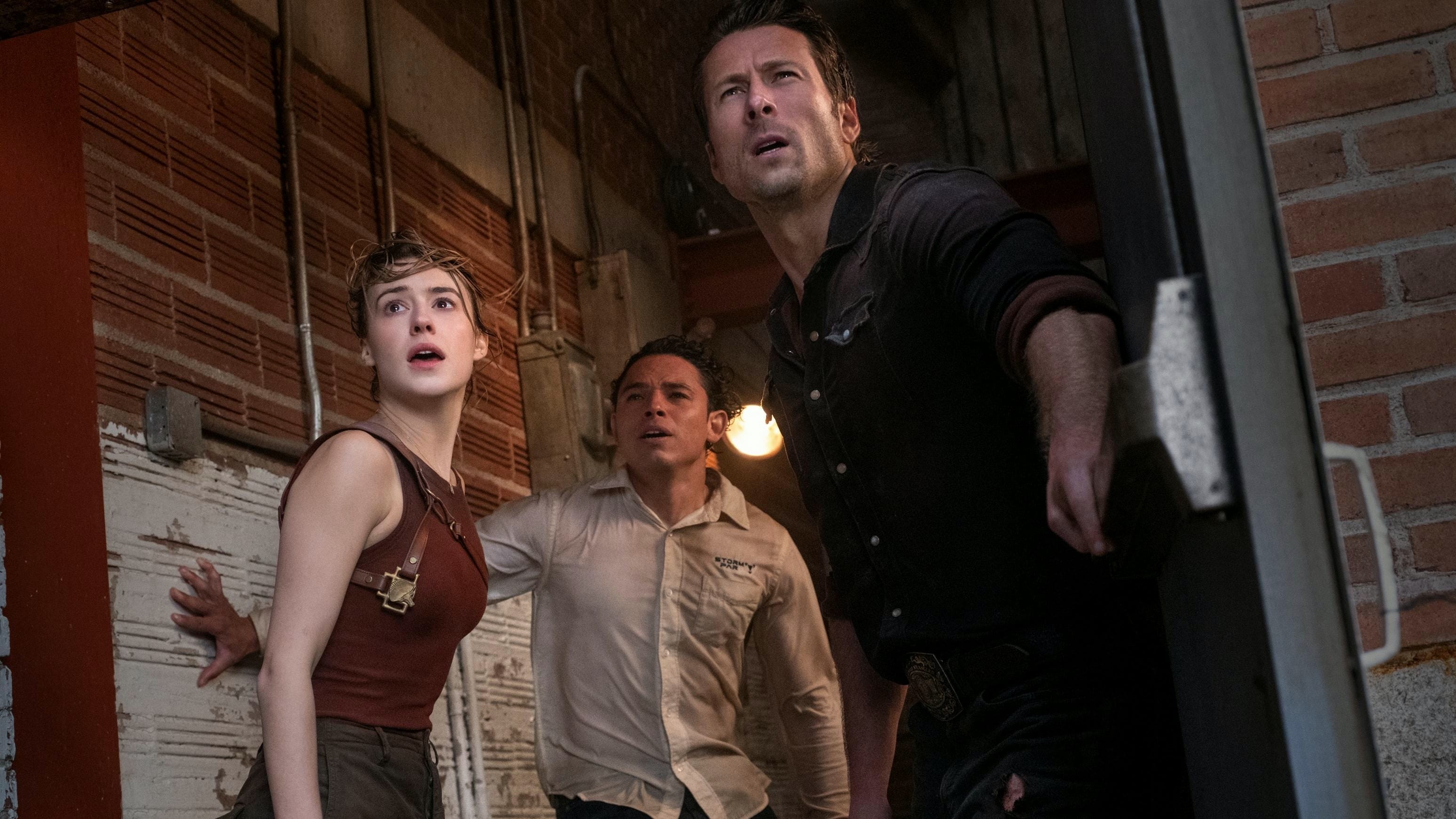
Who ordered a metamodernist, legacy sequel to 1996’s storm-chasing phenomenon, Twister? No one? OK, you are going to get one anyway.
To be honest, I was feeling extremely cynical towards this one, and the first 15 minutes certainly didn’t help at all, but I have to admit that after setting up the initial premise, the movie picks up interesting details here and there that make it a tiny bit spicier than your typical straightforward disaster movie.
Not that the, um, twists, aren’t hard to see from kilometers away, but the fact that they are there at all bestows the overall plot with a bit more interest.
While not a must-see, it’s definitely not a bad watch for an afternoon.
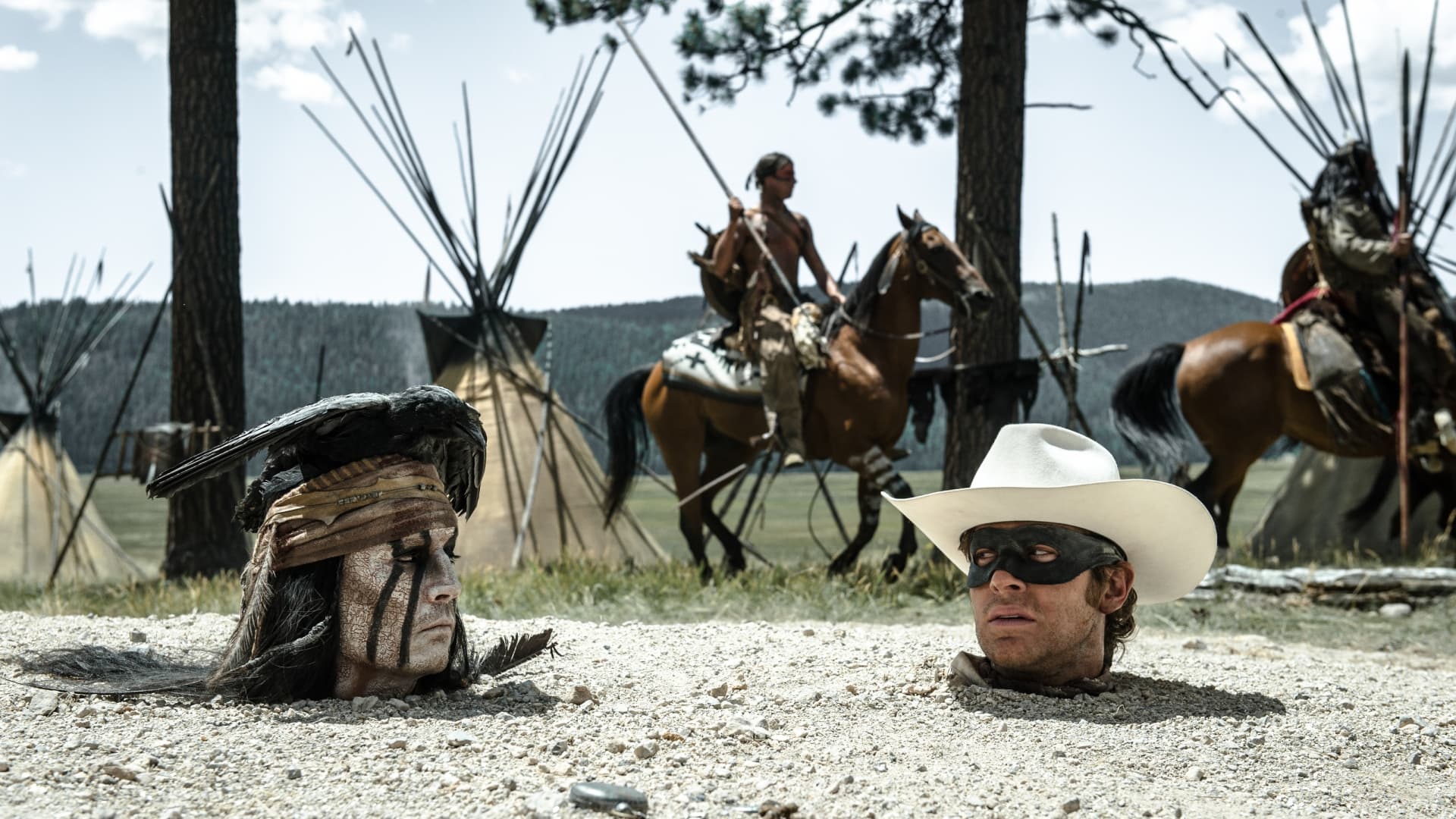
After his tenure with the Pirates of the Caribbean trilogy, Gore Verbinski was picked to adapt The Lone Ranger. Needless to say, this time the venture was not as successful.
This movie is a pretty bland and predictable western-flavored adventure movie. With a varnish of big budget Hollywoodesque spectacle. I don’t think the formula appeals particularly to western fans, but at the same time, the western aesthetic alienates a bunch of contemporary audiences, who probably prefer something like SF.
Unlike the scenarios in the Pirates movies, the plot here isn’t very interesting and, the artistic choices aren’t inspired or memorable. As an aside, yes, having Johnny Depp in the role of the Native American Tonto is pretty questionable, especially once you see the movie and realize the requirements for the role. I’d say this was simply a case of Depp being picked to work with Verbinski again, just because they worked together before, and not out of any suitability for the role. Armie Hammer, the guy cast in the protagonist’s role never quite established a solid career, to provide some star power to get audiences in theaters so they had to rely on Depp.
There is one big, notable exception to the negativity. And that is the movie’s final setpiece. Taking place in a runaway train, the ending climactic sequence demonstrates all that Verbinski is good at and more. It probably surpasses all the best setpieces in the Pirates trilogy and is good enough reason to watch the movie. It must have been spectacular to see it for the first time on a big screen. That train sequence alone merits it the two stars. Deservedly forgettable otherwise.
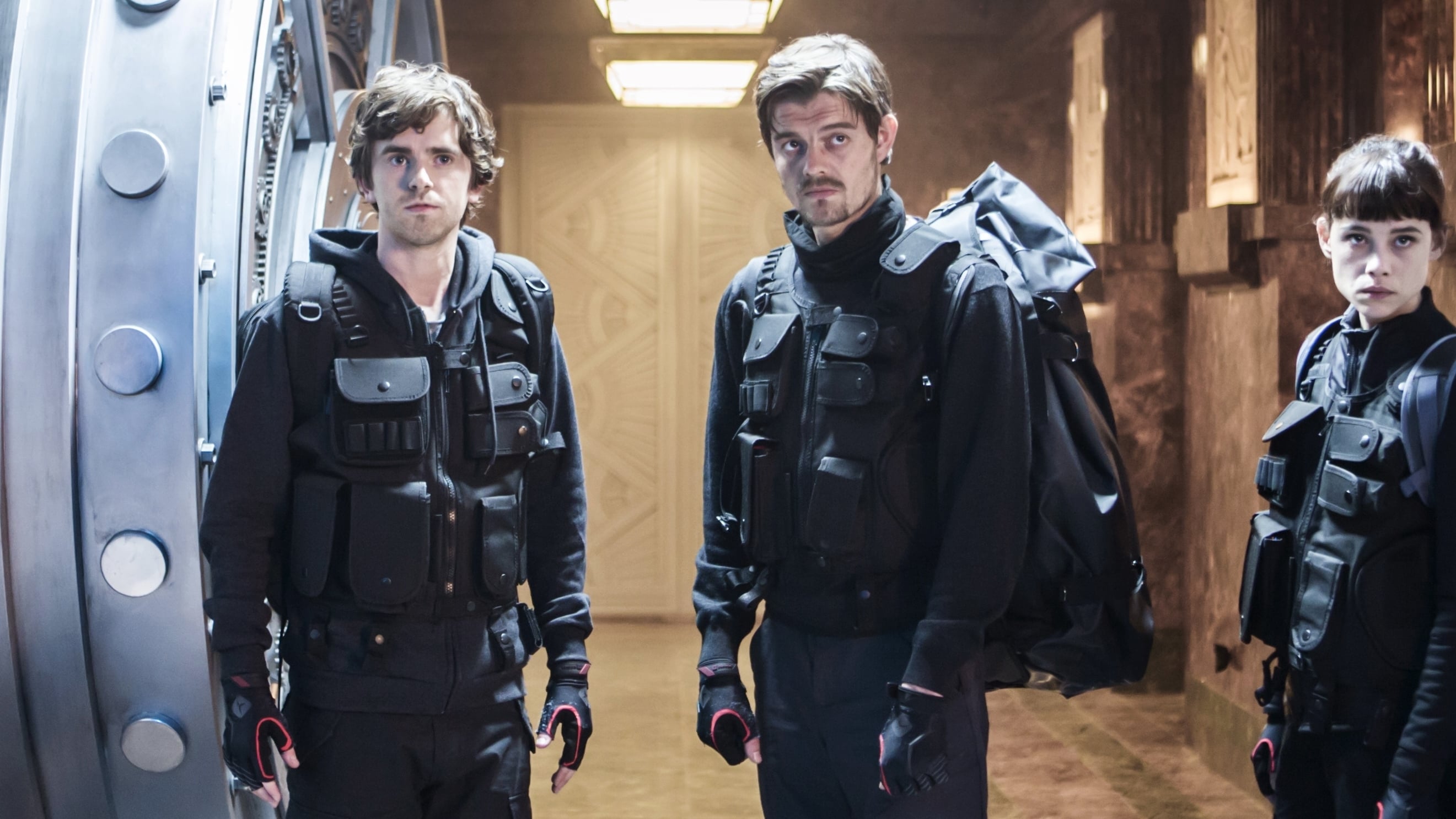
A pretty ridiculous heist movie featuring stolen treasure and the fictionalized vault of the Bank of Spain.
On average, the writing here would result on just another run of the mill adventure/heist movie. What makes it specially absurd is the casting of Freddie Highmore as some sort of intelligent person. Not sure how his casting agent keeps getting away with this chicanery.
Otherwise, yeah, the rest of the casting is fine. Good even, especially the Spanish side of the cast, which is unusual to see. And being set in Madrid is refreshing.
The thieves use the finals of the World Cup of Football as a diversion to break into the bank, proving once more that nothing good can come from football.
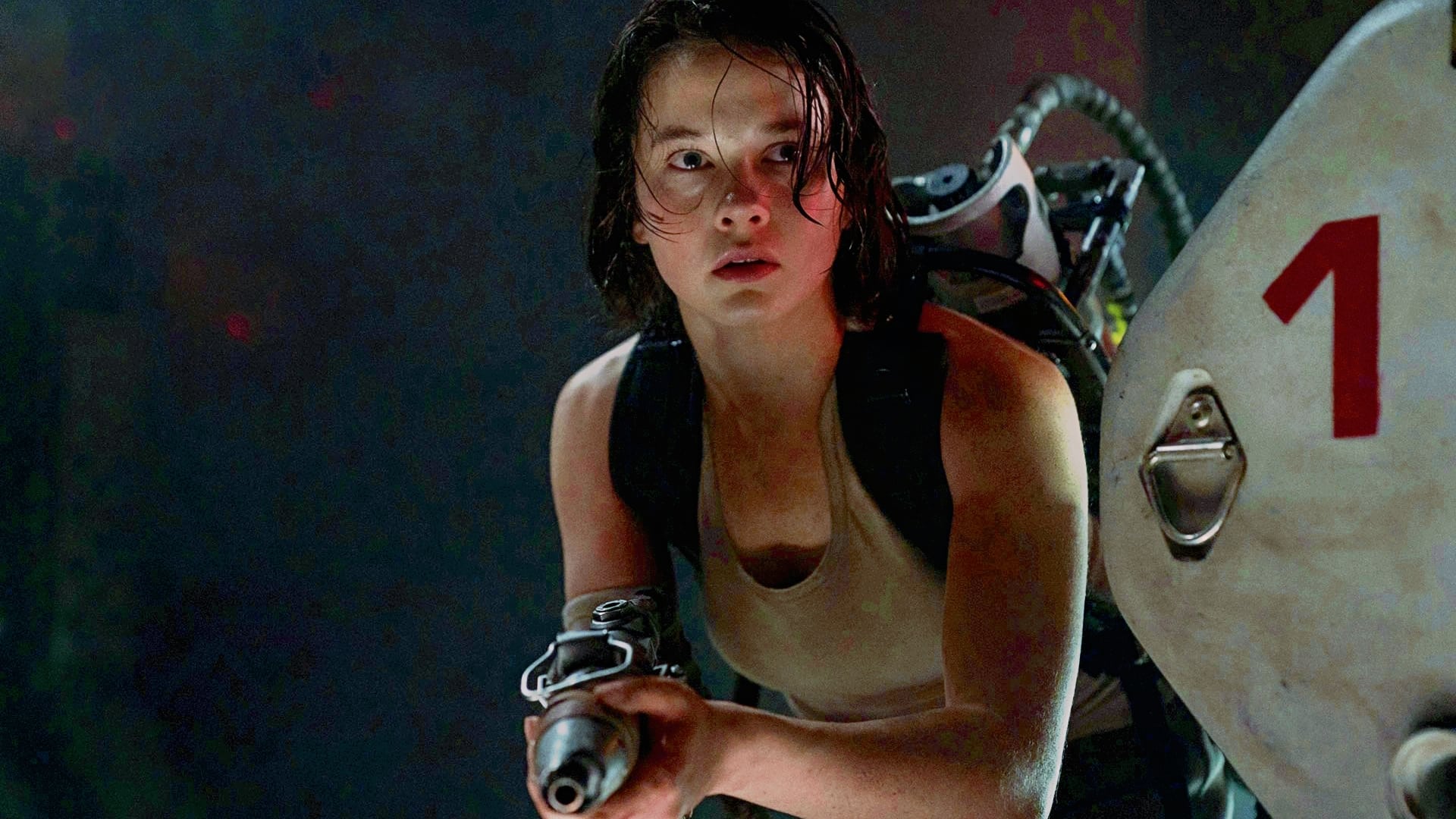
Not sure if this was meant as a spin-off or side story. I guess they don’t make mainline Alien movies anymore? Probably for the better. We have enough “legacy sequels” as it is.
Alien: Romulus is a pretty cool story set in the Alien universe, following a group of inhabitants of a brutal corporate colony planning a heist to escape to a planet with better living conditions when they get into trouble with the titular Aliens.
For the most part, the film is quite good. The production design is great. The retro futuristic consoles and control panels have an aesthetic I will probably never get tired of, and most of the setpieces are fun and inventive.
Apparently some people have complained that the movie is “too dark”. I guess they missed the premise laid out at the beginning of the movie. I thought not shying away from a dark image was a pretty bold choice by Uruguayan director Fede Álvarez who, as I see, also directed the pretty decent “elevated horror” darling Don’t Breathe.
Even though not a legacy sequel per-se, they couldn’t help but resurrect an old character tied to the original films. Oh, well. Disappointing, but hardly terrible. All in all, a solid watch.
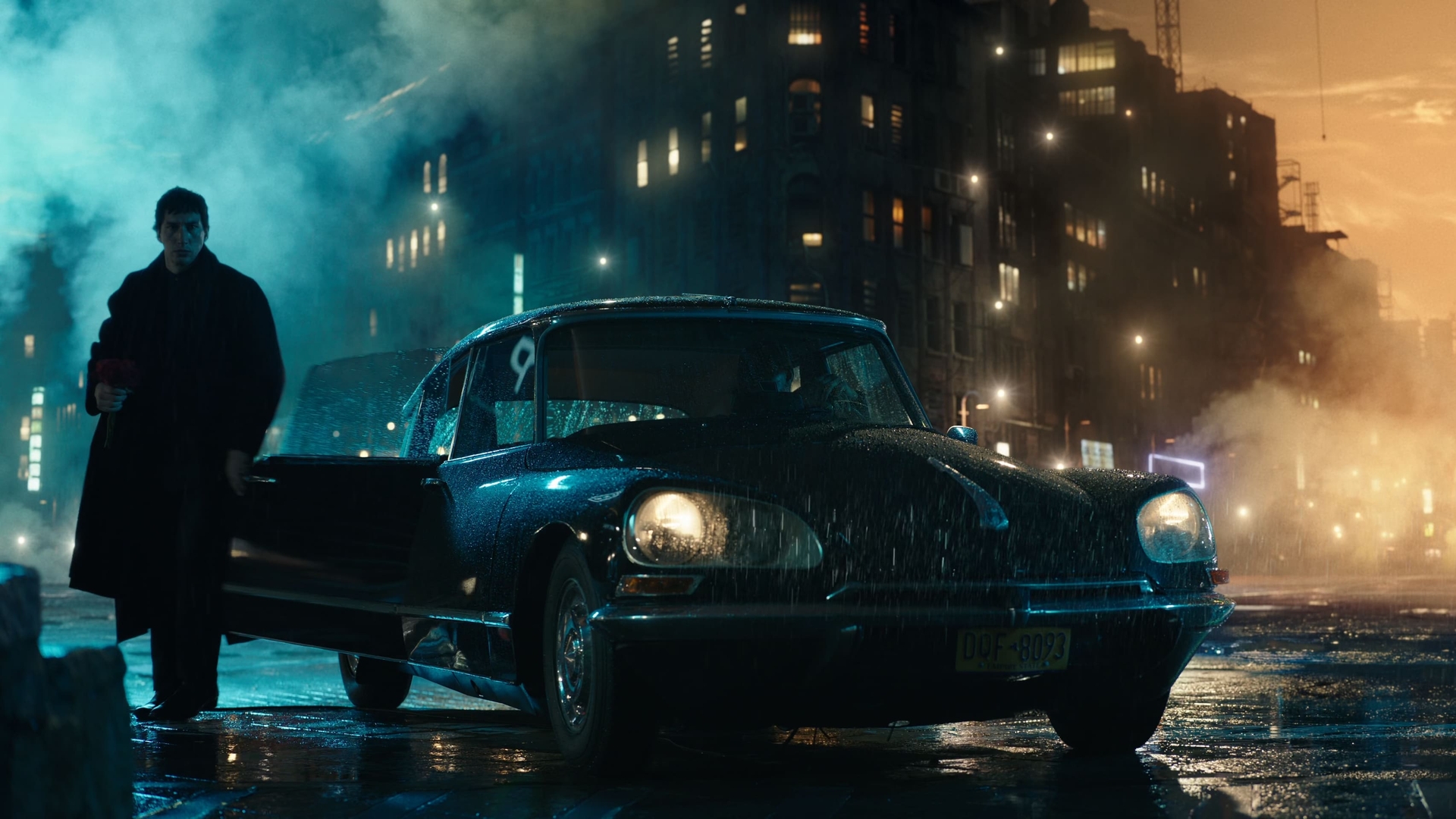
So yeah, I watched Ford Coppola’s epic dream movie. I didn’t hate it nearly as much as the general public seems to, but I’m not yet convinced it’s a particularly well crafted work of genius either, and I will definitely need to rewatch this one.
There is a lot of detail here. Not all of it is conveyed in the most accessible way to viewers, and even if it was, I’m not sure they would have understood the main message of the film. It’s a bad time to release complex “idea movies” that don’t give all the answers at the end wrapped in a neat little bow.
As for the movie’s production values, they are, as we say in the business, “a mixed bag”. With the bold and lavish interiors and lighting choices there are some old-fashioned composition and visual effects that don’t feel like they gel with the whole. As someone who will always defend artistic integrity, guts and daring, I can’t be too mad.
Plus, the movie was paced well, and its themes and plot are compelling enough to watch with interest in its entirety. Something that can’t be said about, e.g. One From the Heart. Therefore, I can’t really consider Megalopolis Coppola’s worst movie or anything remotely like that.
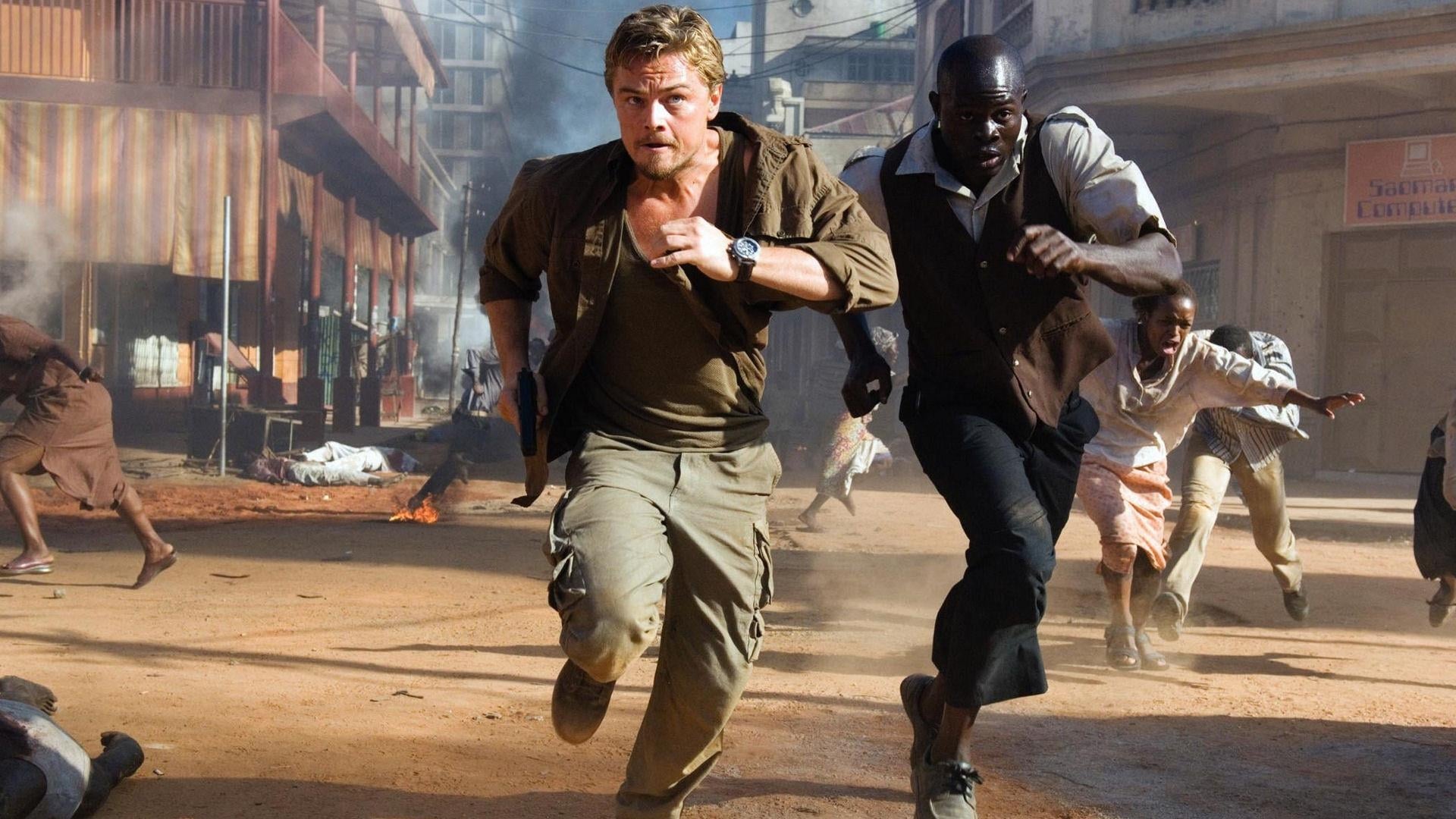
This one has been on my list for a long time and finally got around to watching it.
It’s good to be reminded of an era in filmmaking devoid of constant “funny” quips and Whedonisms, with a well crafted production and compelling plot. Although not without flaws, Blood Diamond is a thoroughly enjoyable action-thriller.
The film is bookended by the story of Solomon Vandy, Djimon Honsou’s character. A fisherman who is captured by insurgents and forced to work on the diamond mines extracting blood diamonds, so-called because they are used to fund military operations in conflict areas.
However, for most of the movie, the spotlight is really on DiCaprio’s character, a Zimbabwean ex-mercenary smuggler who often trades in such diamonds. And although the “world building” and depiction of the conflicts around Sierra Leone, Liberia is fascinating, Vandy as a character takes a back seat in the plot, especially after the introduction of American reporter Maddy Bowen, played by Jennifer Connely.
But yeah, that’s only a minor detail that doesn’t derail from a thoroughly enjoyable film, which on top of that does a good job of highlighting the issue of conflict diamond trade in Africa. Apparently, the World Diamond Council was so worried that the movie would affect sales that they pushed a $15 million PR campaign ahead of the movie’s premiere. That’s what people were worried about in 2006.
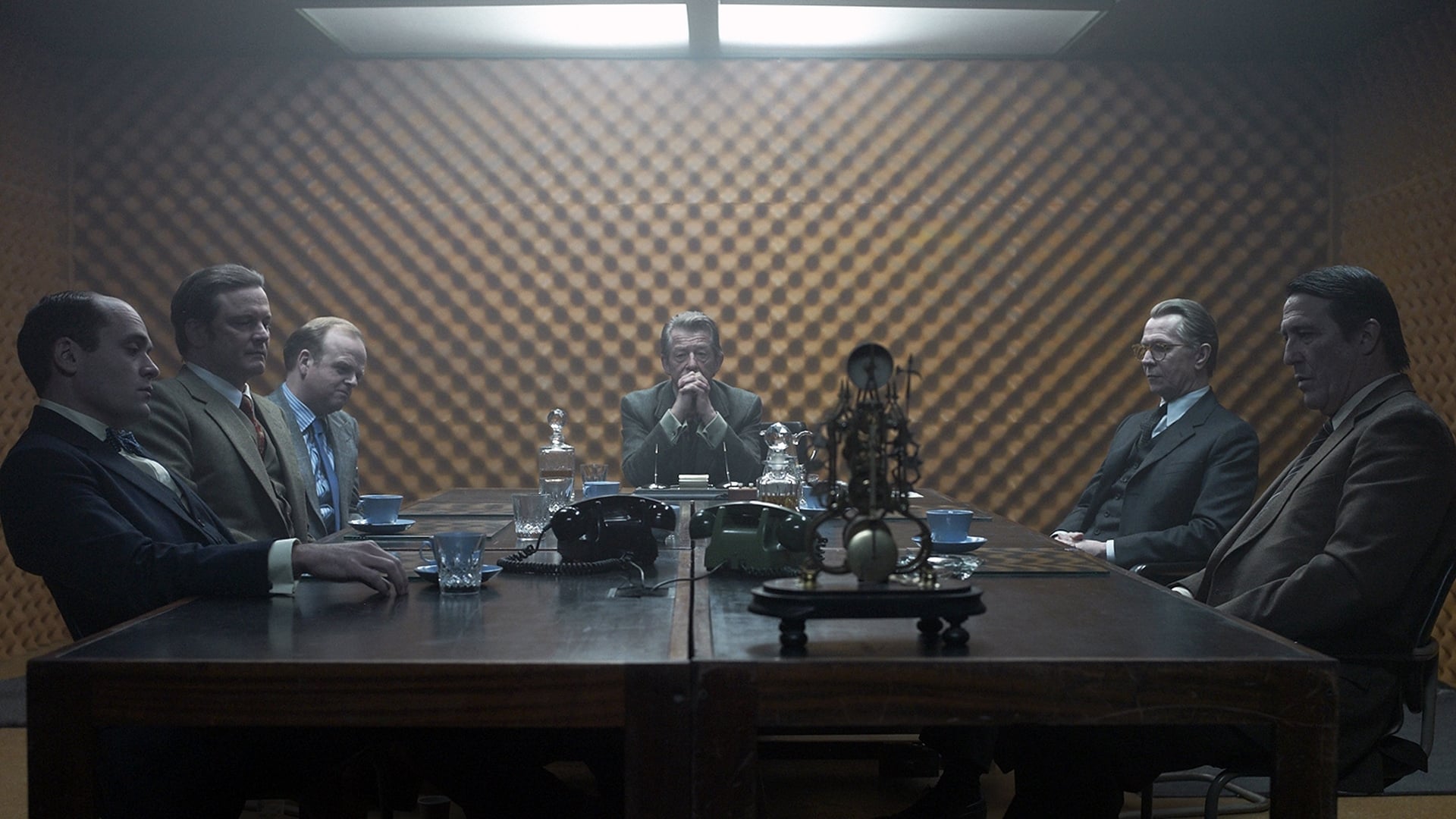
Spy movie based on a Novel by John le Carré, which became a critical darling a few years ago, if I recall correctly.
It’s a well-crafted MI6 spy thriller set in the days of the Cold War, following Spymaster George Smiley in a tale of betrayals and double-crosses typical of Le Carré’s work.
Other than an all-star cast including John Hurt, Colin Firth, Toby Jones, Benedict Cumberbatch and Gary Oldman as Smiley himself, the plot is a pretty tight and satisfying spy drama, of the British, post-Bond flavor, which will surely satisfy the fans of the genre.
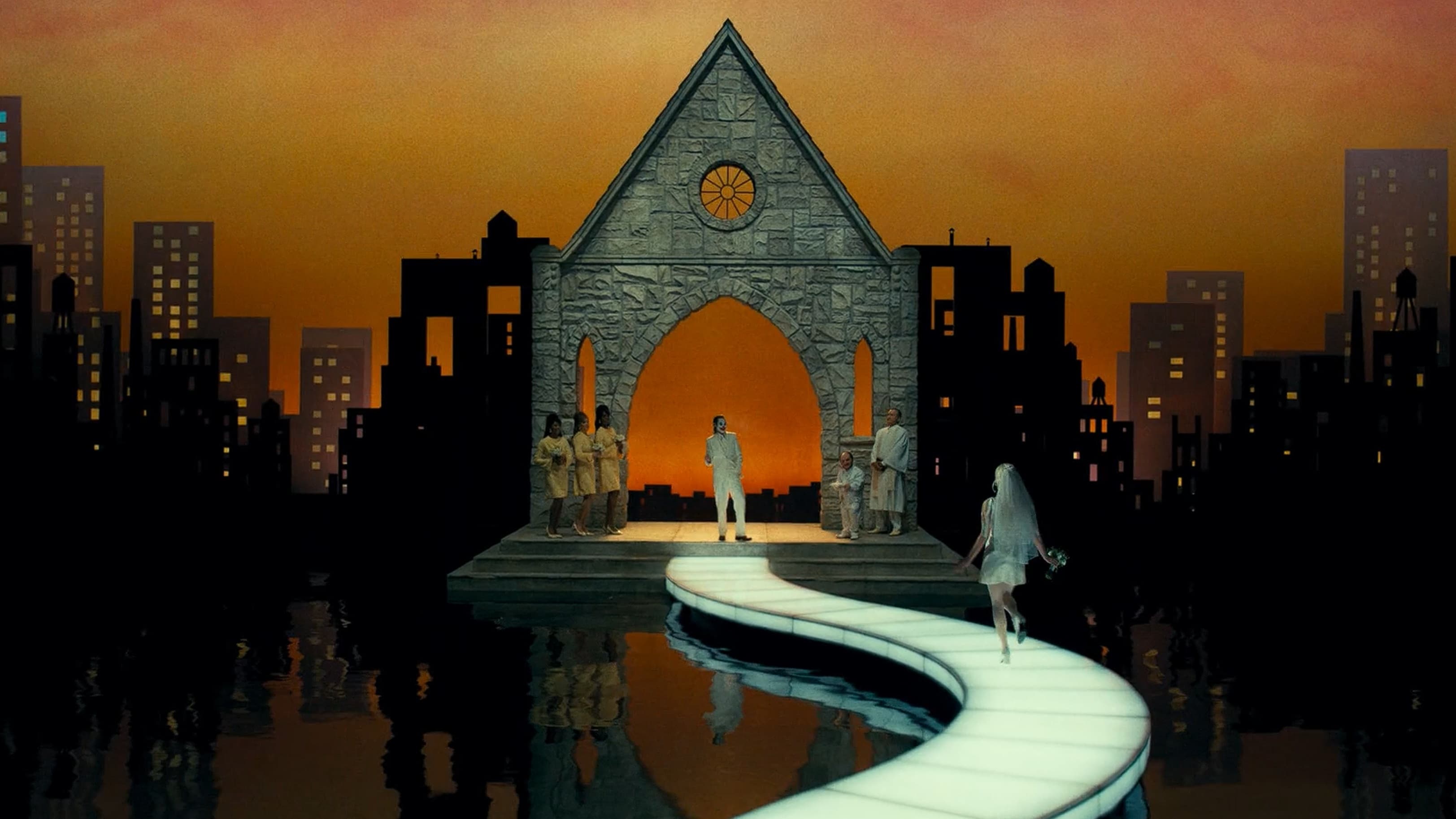
If you were excited for a sequel to 2019’s Joker, Hollywood says that no, you’re not going to get one. And Todd Phillips agrees.
What is with this guy and sequels, man? He can’t seem to get one straight.
While I heard about this Joker 2 being turned into a musical shortly before going to watch it (a fact conveniently hidden by the trailers), that in itself didn’t push me away. I thought it was a ballsy move, in fact.
It is the content of the movie itself what retracts said balls with such thoroughness and inexorable resolution, that the finished product may well end up being the most cowardly written pop culture film ever made. (I say “may”, because, as of this writing, I still haven’t watched The Rise of Skywalker).
The movie disappointingly dismantles the incisive, thought provoking message of the original film instead of building up on it, for reasons unclear. Is it interesting? Yes, but we already live in interesting times. We sometimes want something good instead.
I’m open to hearing other perspectives on this, but as far as first impressions go, it feels extremely weak and cowardly.
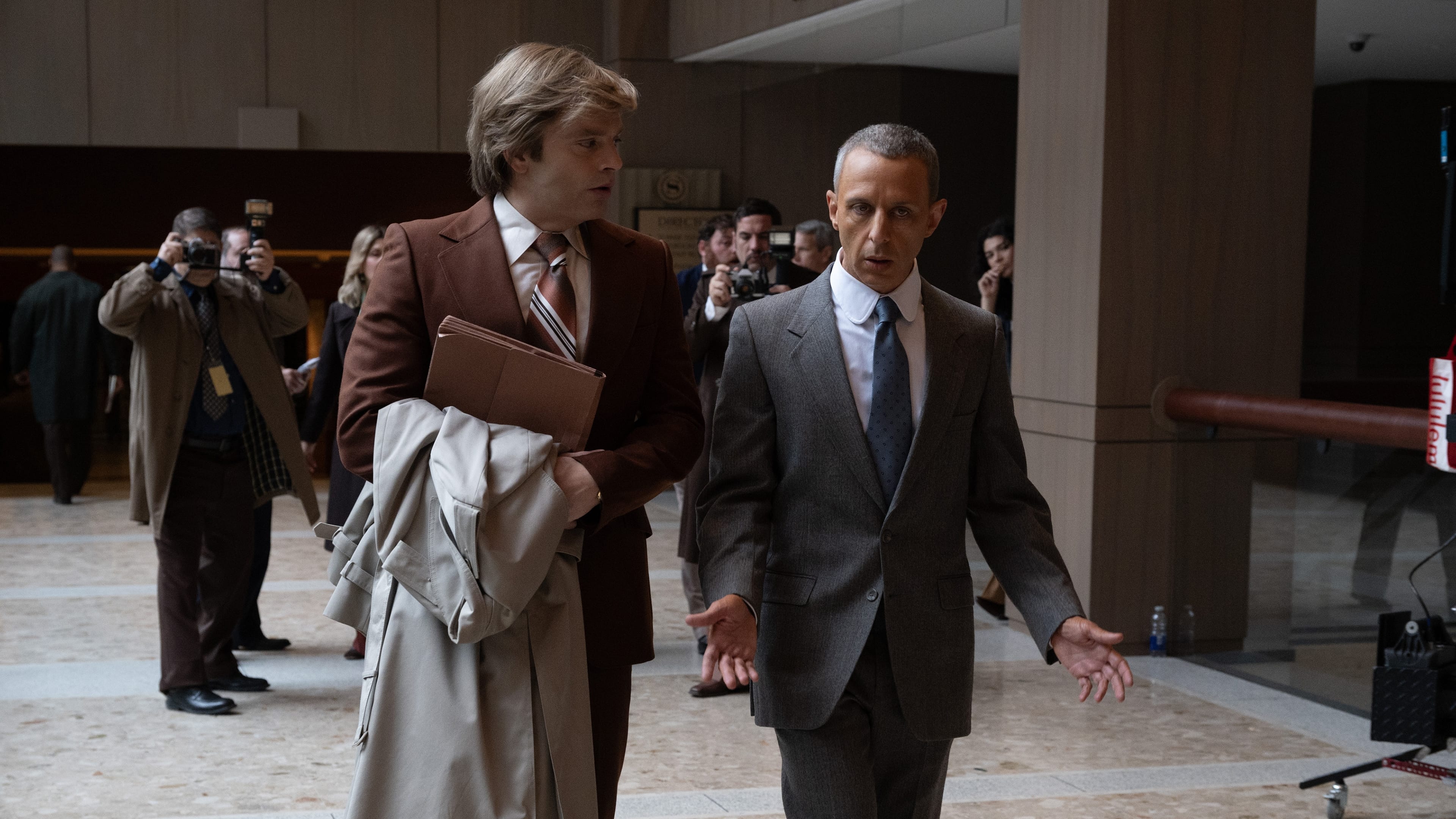
I went to see Ali Abbasi’s biopic of Donald Trump, who nowadays has taken the title of world’s most dangerous clown.
The movie takes a neutral tone but doesn’t shy away from depicting the simple-minded ugliness of Trump. It’s presented like an origin story, with great focus on attorney Roy Cohn as Trump’s mentor, teaching him the cutthroat, immoral ways to success, hence the title. The other meaning of the title is, of course, a reference to the TV show co-produced by Donald Trump, which he hosted for most of its run.
The chronological focus spans several years, but remains delimited to Trump’s fraudulent rise as a real estate mogul, and only hints at his stint as multi-indicted President of the USA.
I’m confident the movie can open the eyes to some, not all, about what’s been going on with this guy. Others who already wised up won’t be particularly shocked by the depicted events, but will still be entertained by a compelling, if depressing, tale.
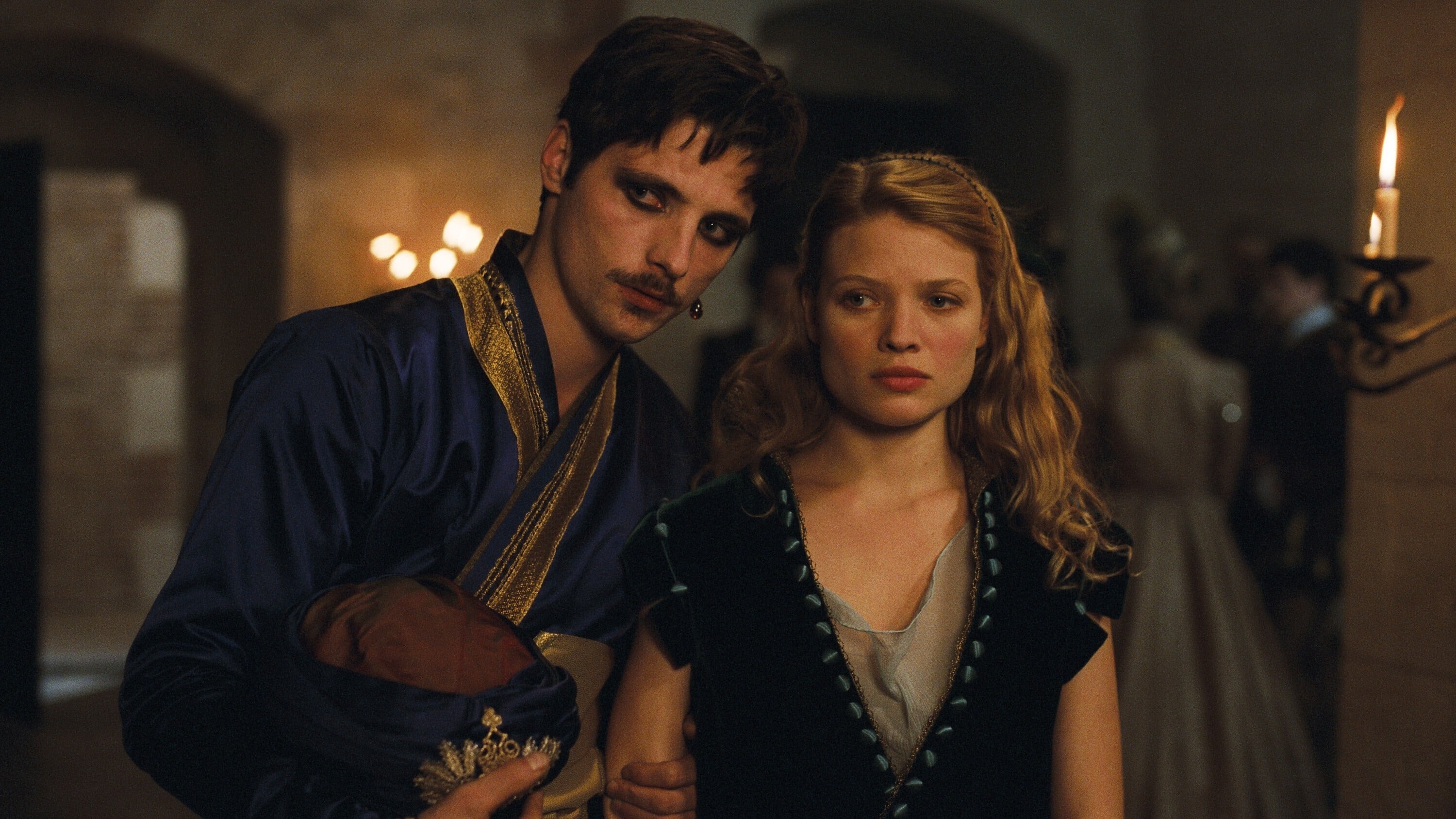
A multi-year epic set in 16th Century France, in the closing stages of the wars between Catholics and Protestants, it follows the gentlemen that surround the noble lady Marie de Montpensier and get involved in her life.
I think I had this on my list because I saw it in some compilation of swashbuckling movies, but there is very little of that here.
Regardless, even judged on its own merits, the film falls flat. It’s meandering in its depiction of the main characters, and doesn’t take any meaningful stand until the very end. Perhaps this was a deliberate decision to let the audience draw their own conclusions as they watched, but all that ultimately accomplishes is a feeling of lacking commitment to a message, which is usually a lot more boring than standing for one.
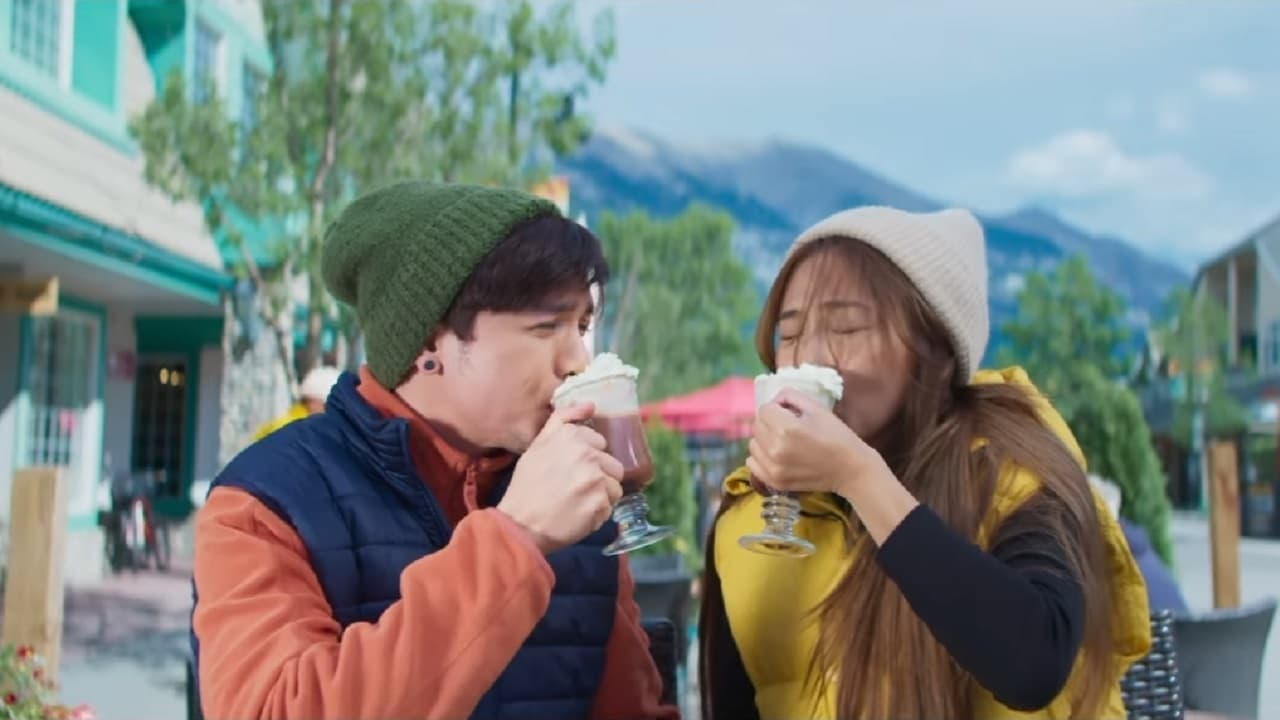
I attended a special premiere of this Filipino romantic comedy about two Filipino emigrants and their love entanglements.
Turns out this is a sequel for the 2019 film Hello, Love, Goodbye by the same director. And while I haven’t watched the initial entry in the Hello, Love saga, this one is a pretty entertaining romantic comedy, full of melodrama and cultural references to Filipino expat culture.
An entertaining watch if you don’t mind the heavy melodrama.

I went into this one completely blind and, this may be the rare example of a movie where I don’t really recommend doing that.
Not because the movie is bad, or you should avoid it, but because the pacing is so slow that it takes a good while before the viewer can even begin to know what is actually going on.
So, it turns out that it’s an adaptation of a novel based on true events, around the disturbing abuses happening in Catholic convents during the 80s and earlier.
I will highlight the lighting and photography, which are really nice. They have that atmospheric quality that you can find in Ireland.
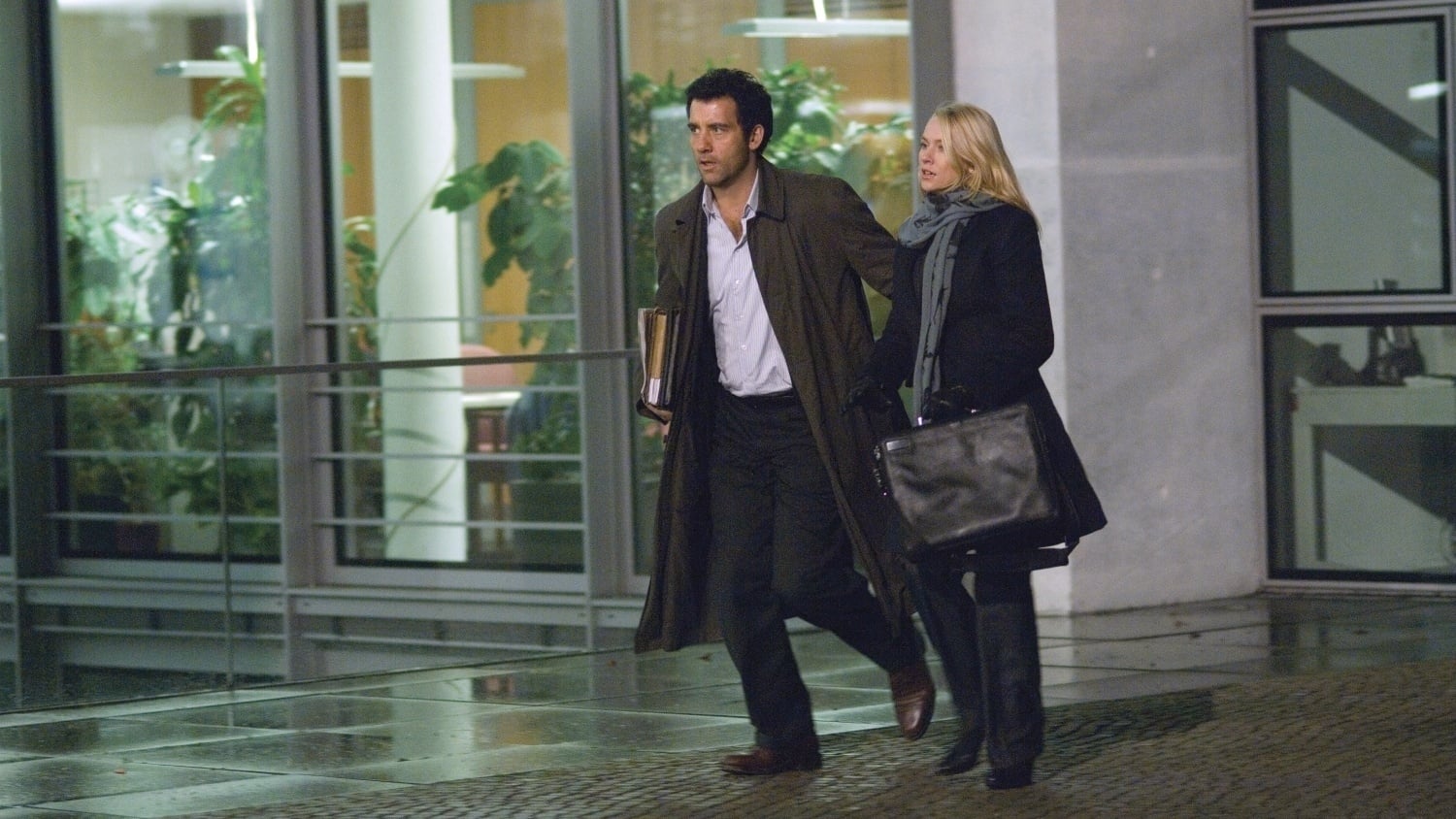
What was a random pick for something to watch after the disappointing ending of the Black Doves show left us craving for some good spy movies, turned out to be a surprisingly good find.
The International follows an Interpol agent in his attempt to stop a high profile bank involved in arms dealing.
It’s a refreshingly grounded story. Without many of the trappings of more Bond-esque spy films like exotic locales and aspirational lifestyle depictions. Just down to earth international espionage, with all the drab grittiness of shady international deals, and the always looming shadow of a system too big and complex to be defeated.
That’s not to say there aren’t exciting, even over-the-top setpieces, but the dial is firmly on the believable, grounded side as opposed to the pure Hollywoodian spectacle of the James Bond or Mission: Impossible franchises.
Imagine my surprise when I saw Tom Tykwer, of Run Lola Run fame as the director. As far as I know he hasn’t made any more films of this ilk since, which is a shame. I can dream of an alternate timeline where we had a sort of German Michael Mann helming a series of grounded, realistic and politically complex spy movies.
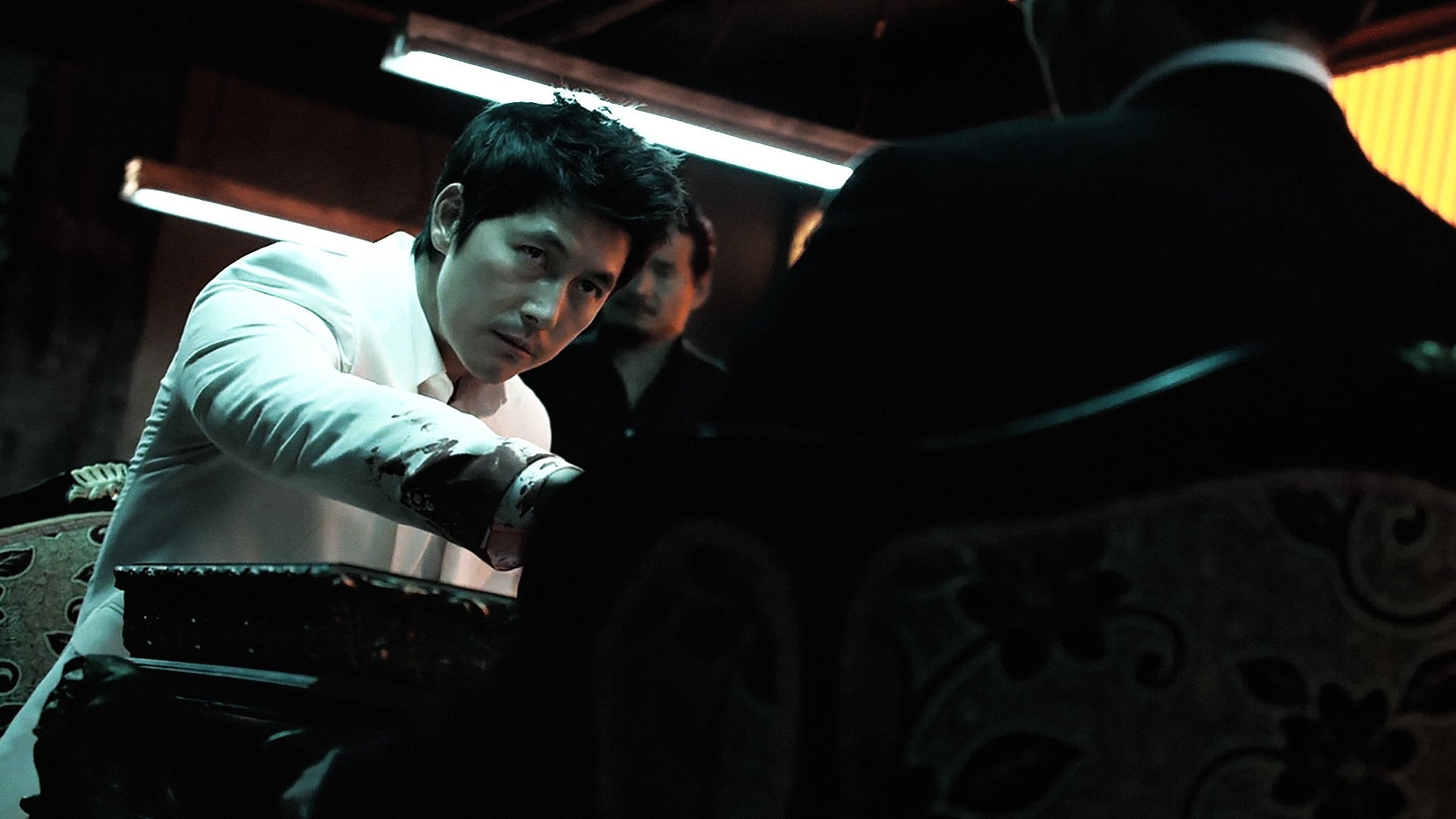
Korean go-themed martial arts revenge movie was not a combination I imagined in my movie watching bingo card at the start of the year, but this is exactly what The Divine Move offers.
Caught cheating at a high-stakes game of go with gangsters, Tae-seok’s brother gets killed, and he gets framed for the murder. In prison, Tae-seok learns kung-fu in exchange for teaching go to a fellow inmate. When he gets out, the search for his brother’s killer resumes.
While the whole go framing is little more than window dressing to add some gravitas to the proceedings, it’s carried elegantly. And the martial arts action itself it’s quite good. Quite bloody too (it’s a revenge movie, after all) but definitely a satisfying watch.
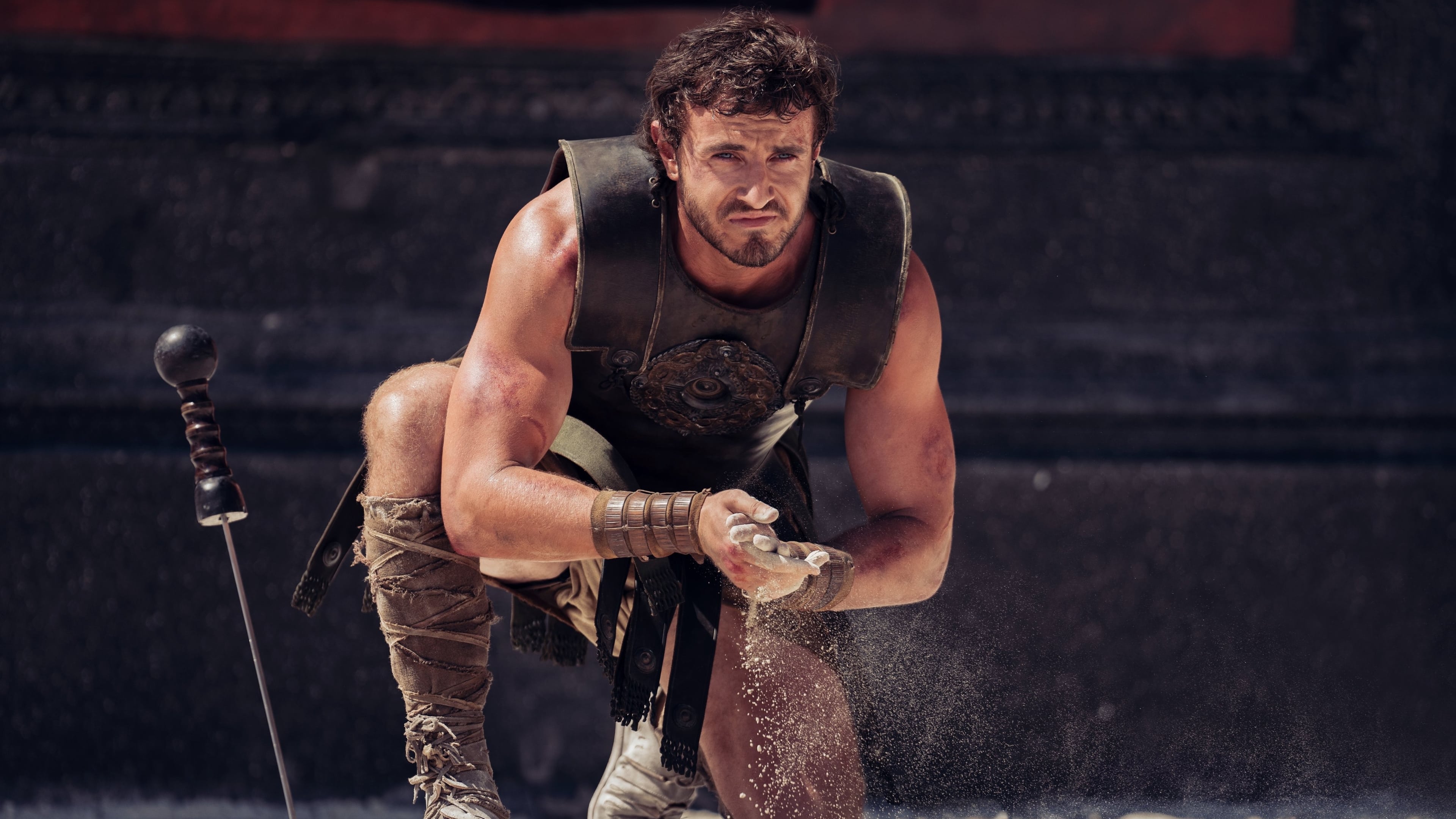
It seems Ridley Scott can’t do well lately. After the appalling reception of Napoleon, the next film inflicted upon us by the British director is yet another one of those legacy sequels nobody asked for.
Gladiator II —or Glad II ator, as it figures on the title screen at the start of the movie— is an unnecessarily convoluted continuation plot of the previous entry. Emulating many of the iconic scenes and moments of the inspired original, without any of its heart and aesthetic sensibilities despite the 24 years apart between the two.
It’s ironic to talk of a cheap knockoff when describing a movie with triple the budget of its direct predecessor, but that’s exactly how it feels. Notably, none of the original writers were involved in the sequel. I suspect the only reason this was made was to hold the intellectual property in the hands of the producers.
None of the characters are likable, none of the setpieces are memorable or exciting, the plot could have been interesting if there was a good aesthetic and characterization background to prop it up. As it stands, it’s just filler.
There are one or two nice scenes and shots, but it’s such a flawed premise to begin with that it’s hard to enjoy when you’ve watched the original.
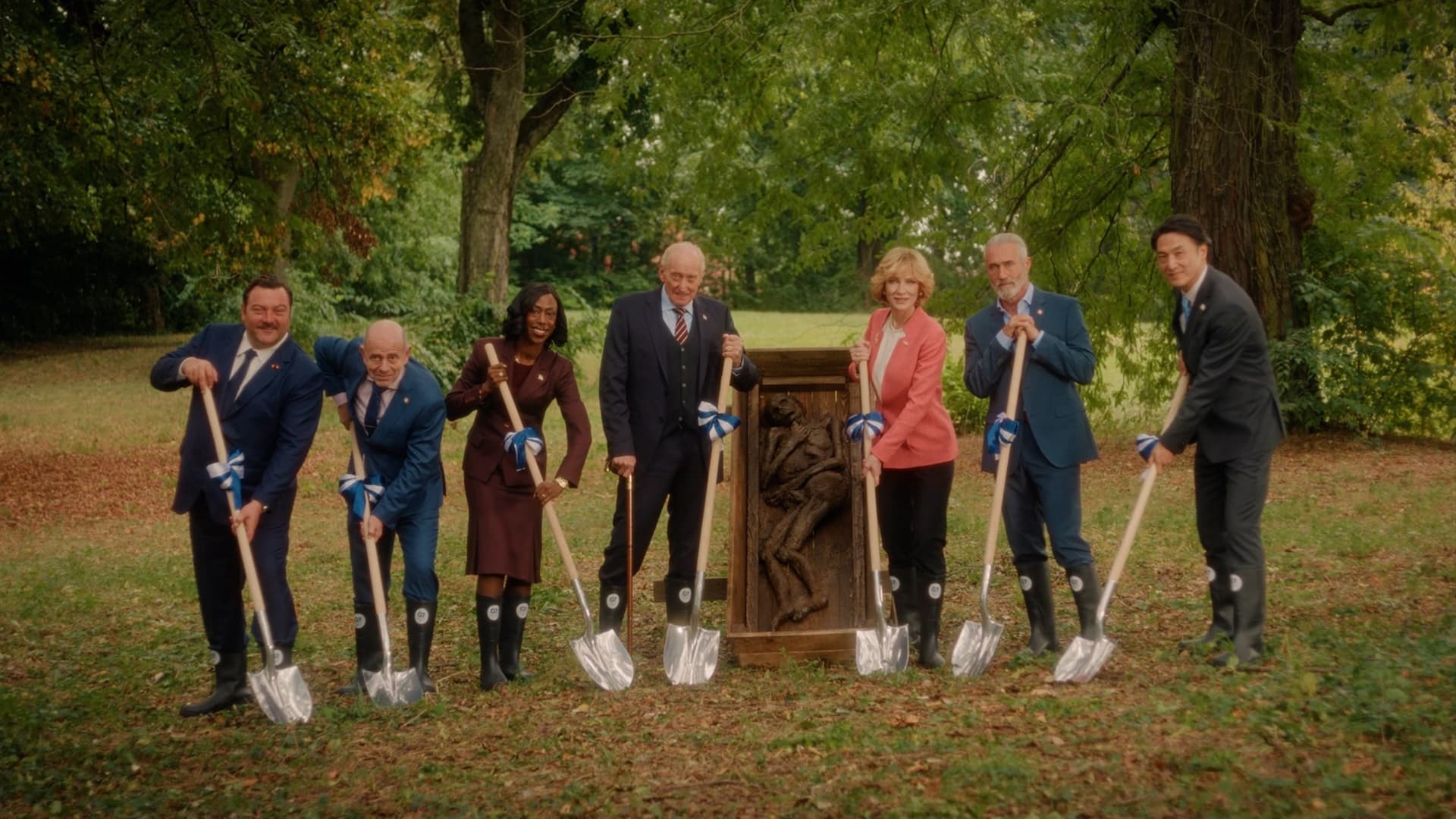
We watched this on a whim, based on the synopsis only, on a week that was particularly dull for new movies.
It wasn’t very good.
Made by a couple of Canadian brothers who apparently have done a bunch of b-like horror-ish stuff (or so it seems, I haven’t checked), this movie follows the leaders of the G7 as they draft a statement to address an unnamed crisis, when everyone around them disappears, and they get lost in the woods.
What follows is a weird pseudo-thriller sort of hinting at horror tropes, but not really because nothing ever happens. There is no cohesion, and the plot doesn’t go anywhere. The focus seems to be exclusively in the weirdness of its presentation for its own sake, which admittedly works fine, but ends up being for naught when by the movie’s conclusion, everything ends up as empty as it suggested it would be.
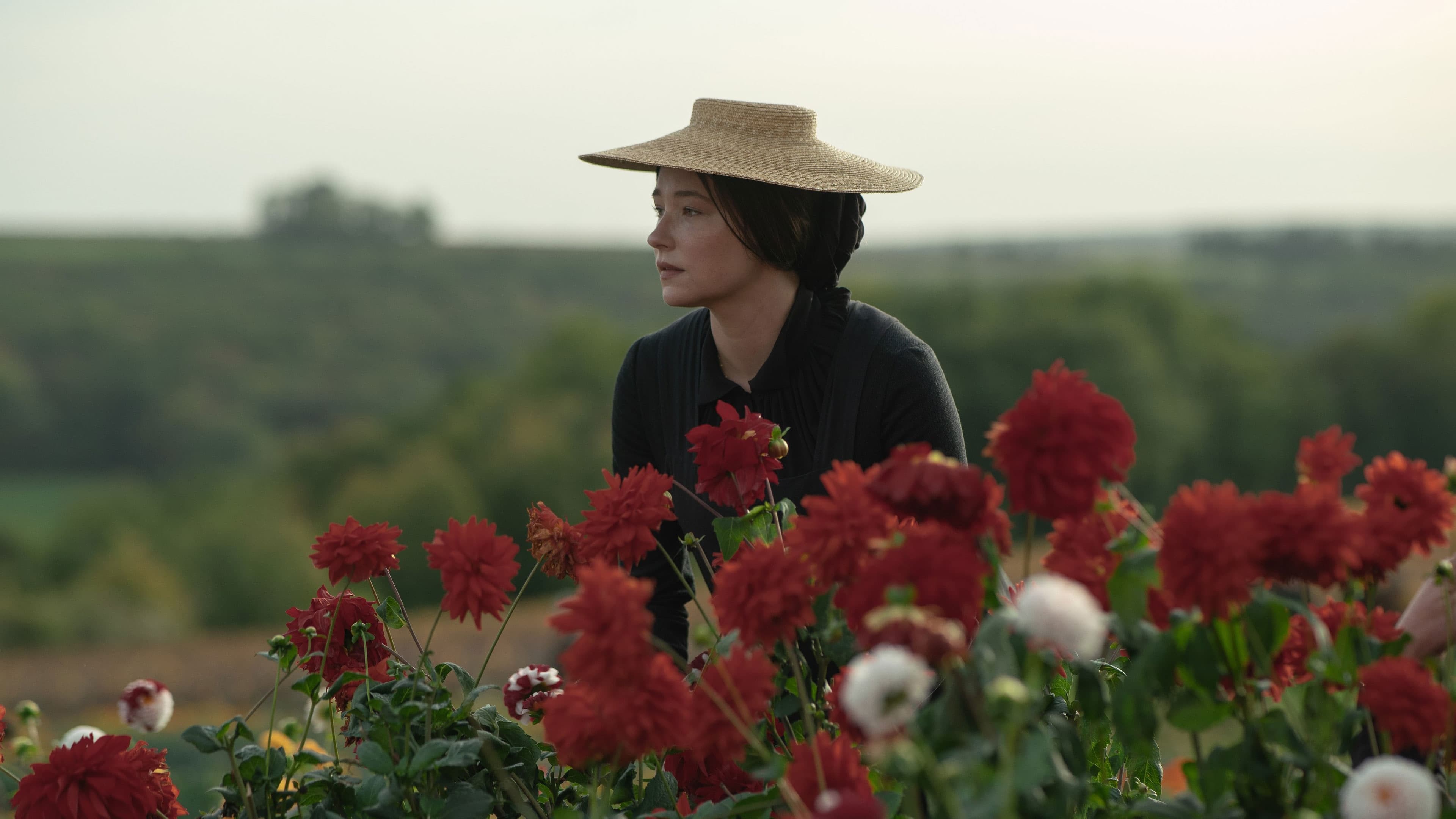
I wasn’t expecting much from this period drama, and got exactly that.
It’s a historical biopic about Madame Barbe Nicole Clicquot. One of the instrumental figures in marketing sparkling wine from the Champagne region from the Veuve Clicquot family.
The movie opens with the funeral of François Clicquot, the origin point, so to speak, of the titular widow. The movie then proceeds to develop its plot with flashbacks between the time when her husband was alive, and a present day frame of reference, depicting various scenes on the life of Barbe Nicole Clicquot.
The story is pretty interesting and doesn’t overstay its welcome. We are introduced to how Nicole Clicquot improves on the innovations of his late husband, and struggles under the pressure of maintaining her vineyard, as she is assaulted by doubt from her own workers, her father-in-law, on top of romantic turmoil, Napoleon’s war, and the day-to-day activities of managing a vineyard.